Are you maybe planning to visit Sweden, and want to know where to go, which places not to miss? Here are 25 awsome places to visit in Sweden!
For a tourist, it can be tough to find out about the hidden gems and places to visit that aren’t the most famous ones, but luckily I have found them and here I am ready to present them to you.
1. Lapland
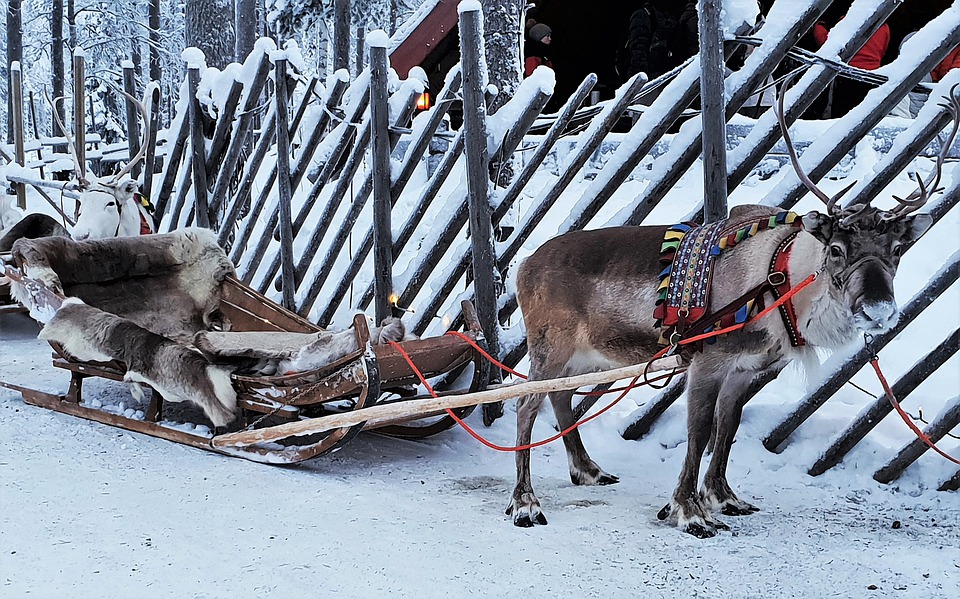
If you like nature, wildlife, and snow, then Lapland is one of the best places to visit in Sweden, especially during winter as you will most likely be able to experience the northern lights as well. You can take an Aurora Borealis Snowmobile Safari and Campfire BBQ. With this tour you will be taken into the wild and wintery land close to the Polar circle. Your guide will drive you with a snowmobile through the nature, where only the moonlight, the stars and the lights of the snowmobile will light the road. At the end of the tour, the guide will light up a fire where you can warm up and grill some sausages. Sounds quite exciting, isn’t it?! 🙂
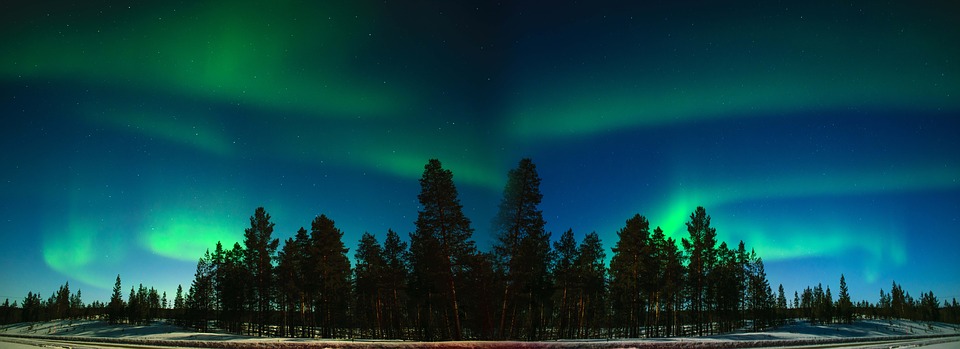
2. Visby, Gotland
Fancy a medieval experience? Then head to Gotland where the medieval city and city wall of Visby is still standing. If you are relly into the medieval heritage and culture, you should visit Visby during the medieval week.
Here you can dress up as a knight, go to a traditional market and see tournaments and how people used to live during that period.
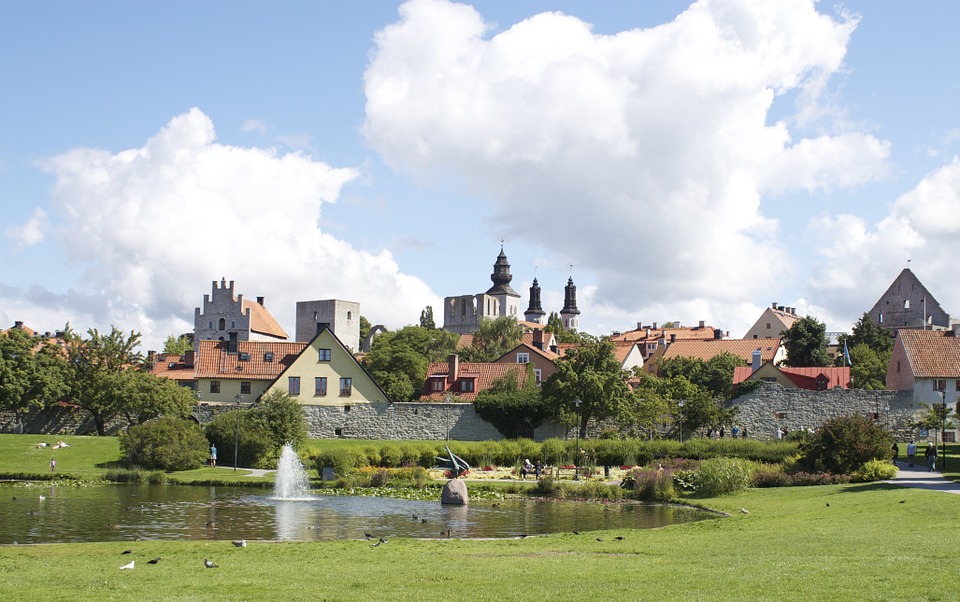
One of the top recommendation when it comes to what to do in Visby is to visit the Santa Maria Church. Visby’s church ruins contrast with the stoic and utterly awe-inspiring Sankta Maria kyrka. Built in the late 12th and early 13th centuries and heavily touched up over the years, its whimsical towers are topped by baroque cupolas. Soak up the beautiful stained-glass windows, carved floor slabs and ornate carved reredos. The cathedral is used for intimate music concerts in summer. The best place to view the cathedral is from behind – climb all those stairs up the hillside for astounding views.
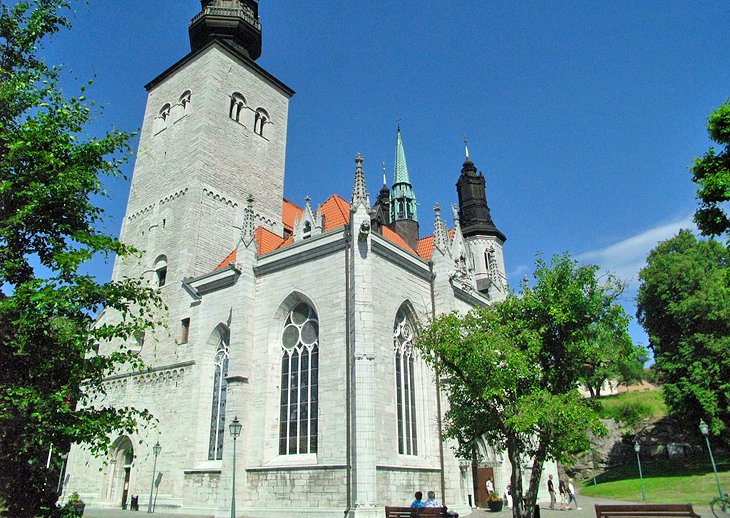
Another top recommendation is to visit the Gotlands Museum, which is one of the mightiest regional museums in Sweden. While highlights include amazing 8th-century, pre-Viking picture stones, human skeletons from chambered tombs and medieval wooden sculptures, the star turn is the legendary Spillings treasure horde. At 70kg it’s the world’s largest booty of preserved silver treasure.
The museum is excellently laid out and explanations are in English, as well as Swedish. Here you may found out how the Black Death ravaged the island in 1350, about the Vikings’ old Norse religion, about the fossils and coral reefs that surround the island, and about the astonishing 1999 discovery of all that silver on a farm in northern Gotland.
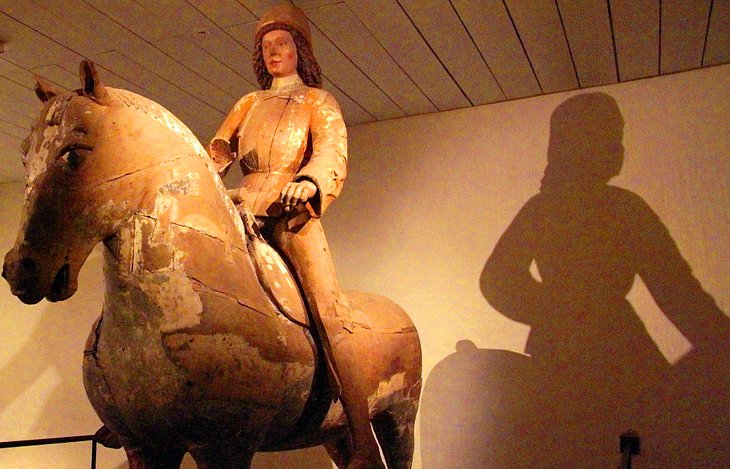
3. Gothenburg
Sweden’s second largest city is known as the most charming city in Europe. The night life is amazing, and the surrounding area is filled with beautiful nature, and the inner city is filled with shopping, cafés, and friendly locals.
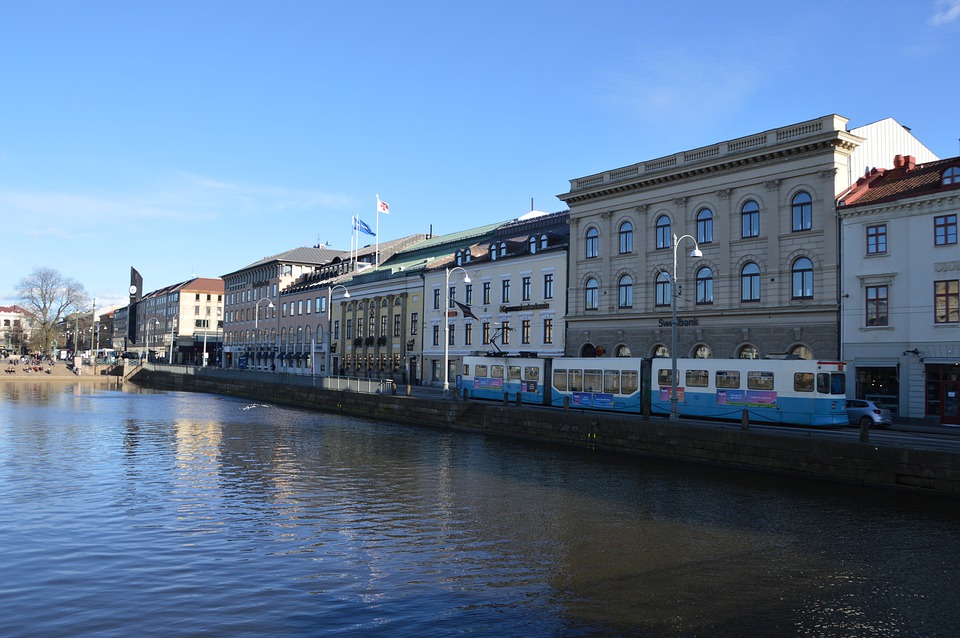
Gothenburg is definitely one of the must places to visit in Sweden and here I leave you a list with some top recommendation about what to do in the city:
- Take a ‘Fika break’ in Haga. This charming neighbourhood has a wonderful selection of cafés and small artisan shops. You might like to try a giant cinnamon bun on Haga Nygata.
- Visit the splendid Gothenburg Museum of Art.The museum has three stars in Michelin’s Green Guide and houses impressive Nordic collections dating from the 15th century, among other works of art.
- Take a day trip to the Gothenburg archipelago. You can get to the characteristic granite cliffs and picturesque fishing villages in less than an hour from the city centre, and the archipelago is easy to reach.
- Explore the city using the waterways. Gothenburg has in many ways been shaped by its closeness to the sea, and the river and waterways are present throughout the city. They also offer a great view of the squares, parks and buildings, so try exploring the canals in a kayak or on a stand up paddle-board.
- Try out the local craft beer. Check out the craft breweries that have popped up around town and try some of the local brews. Read more about a few of Gothenburg’s craft breweries and get even more tips in our local beer guide.
- Experience the 1700s aboard the Swedish Ship Götheborg. The Swedish Ship Götheborg is a replica of the East Indiaman that sank outside Gothenburg upon the return from China in 1745. Here, you can explore everything from captivating stories and the amazing art of shipbuilding, to knot-tying courses and culinary delights in a contemporary 18th century environment.
- Explore the rainforest at Universeum. At Universeum you can find a rainforest, a huge aquarium and a variety of exotic animals and plants – all under one roof.
- The amusement park Liseberg is truly fun for the whole family. The children’s area The Rabbit Land (Kaninlandet) has attractions, serving areas, shops and a playground. Here you’ll also find a nursery room with changing tables, microwave and play area. Baby changing tables are also found in adjacent to all washrooms and additional diapers are available from Guest Services.
4. Ice Hotel, Jukkasjärvi
Have you ever slept in a room made up of ice? Probably not, but in Jukkasjärvi you can experience this unique Ice Hotel where everything is made of Ice.
The Icehotel is a hotel and an art exhibition with ever-changing art made out of ice and snow. The hotel is created in a new guise every winter, completely made out of natural ice from Torne River, one of Sweden’s national rivers and last untouched waters. When the winter suites have melted back into the river in spring, a part of the hotel still stands, a place where visitors can experience the ice and snow year-round.
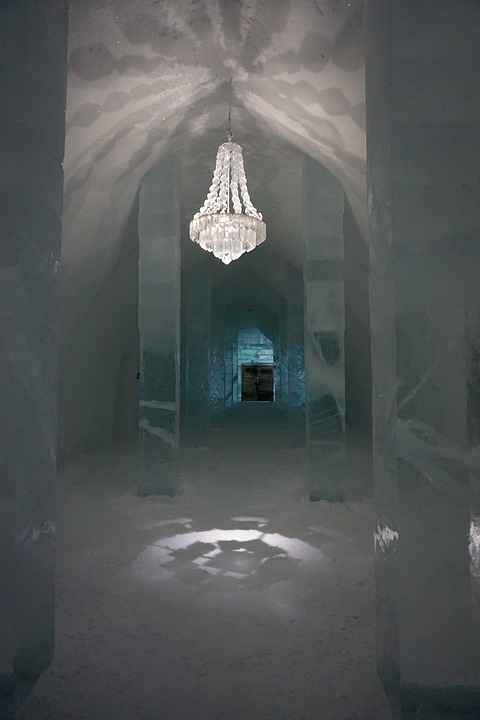
5. Kalmar
Kalmar is actually a really nice city with some beautiful Renaissance architecture, and it is mostly famous for its castle.
Fairy-tale turrets, a drawbridge, a foul dungeon and secret passages…Kalmar Slott has everything that a proper castle should. This dominant Renaissance stronghold was once the most important building in the land and is appropriately fortified outside and sumptuously furnished inside.
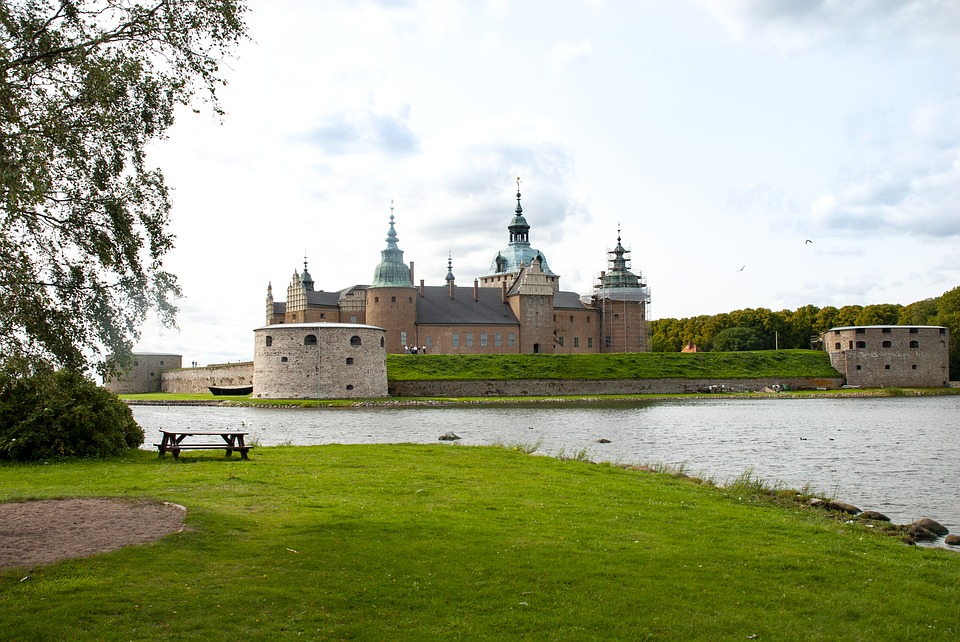
Beside the Castle, there some other things to see amog which I warmly recommend Gröna Stugan and Kamar län Museum.
Gröna Stugan is an unassuming sage-green building complete with round windows reminiscent of a ship. This gem of a restaurant serves up beef tartar, whole witch flounder and New Zealand lamb – gorgeous on the plate and even better to eat. Leave space for the blueberry pancakes with raspberry panna cotta. Vegetarians are catered for.
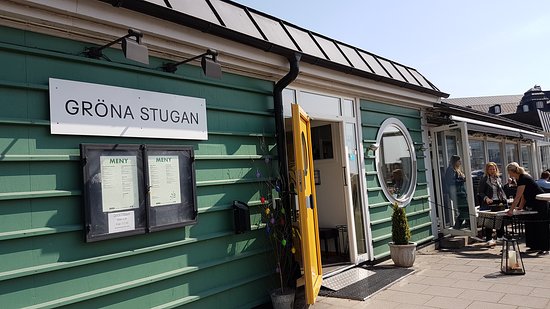
The highlight of the Kalmar länsmuseum, which is a fine museum, in an old steam mill by the harbour, are finds from the 17th-century flagship Kronan. The ship exploded and sank just before a battle in 1676, with the loss of almost 800 men. It was rediscovered in 1980, and more than 30,000 wonderfully preserved items have been excavated so far, including a spectacular gold hoard, clothing and musical instruments.
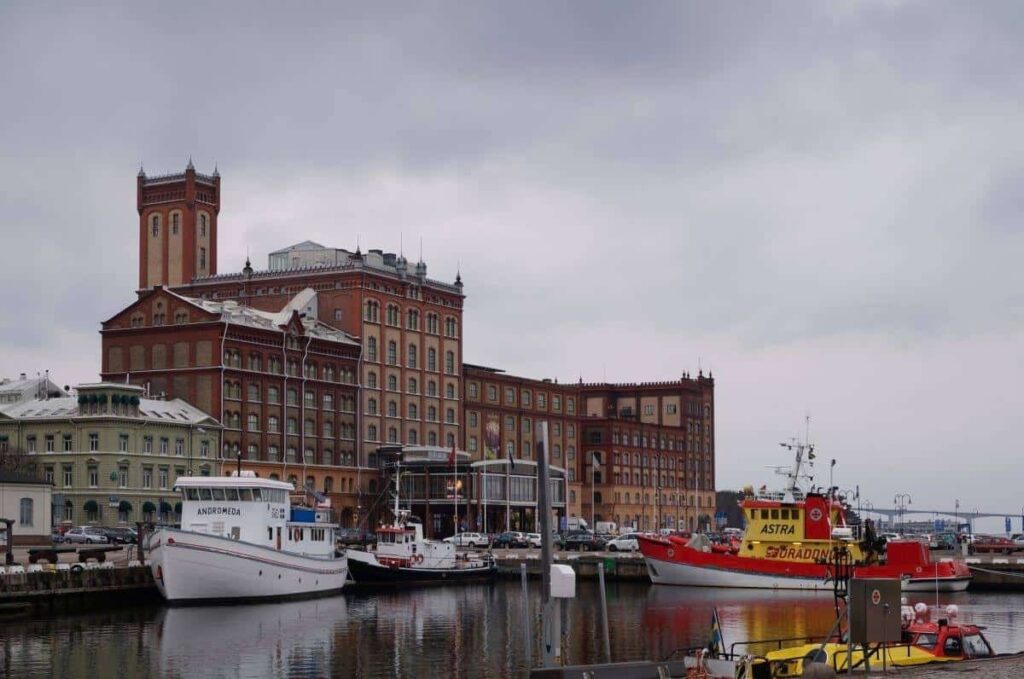
6. Österlen
The place where many rich people of Stockholm are going in the summer time, and no wonder why. Located in the southeast of Sweden (Skåne), Österlen is a massive region composed of smaller towns with beautiful beaches and a lovely countryside!
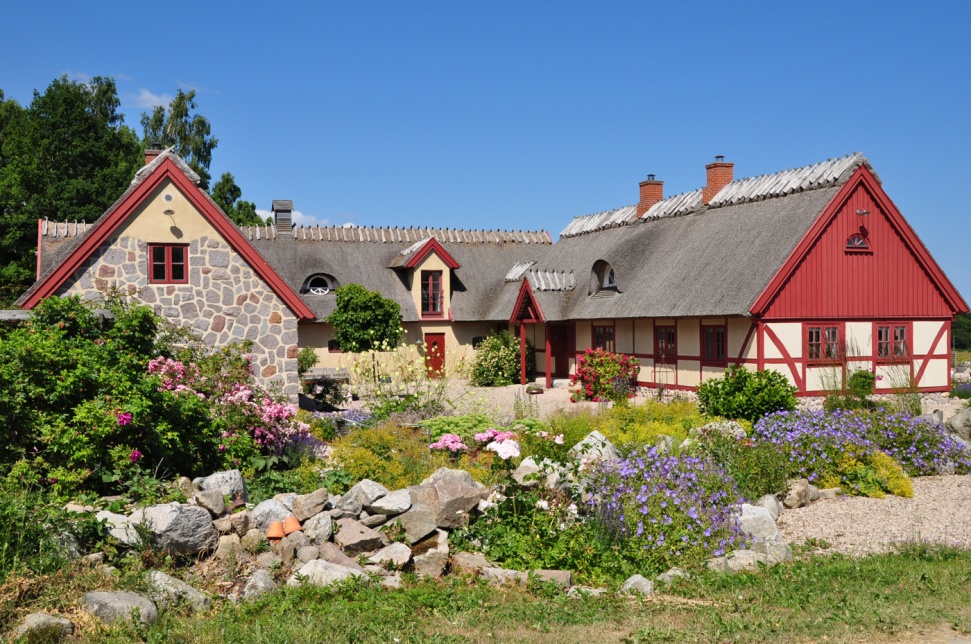
There are also tons of things to do in Österlen, and I heartly recommend you to visit Simrishaman, which is a small town, well recognized for its rich culture and stunning scenery in Sweden. It houses a lot of writers and artists and historical buildings, natural environment and farmland.
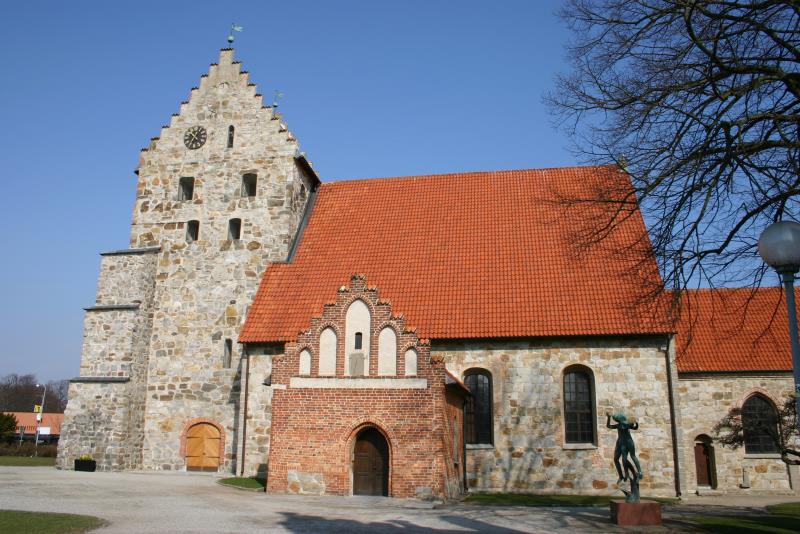
The Apple Safari is, as well, one of the best things to do in Österlen. There is a family-run fruit farm, Kiviks Musteri. Over here, you can taste cider, explore the orchards, and get to the ‘House of Apples’ and see the process of making cider and juice. In addition, try some homemade apple juice and apple cake in the café before leaving.
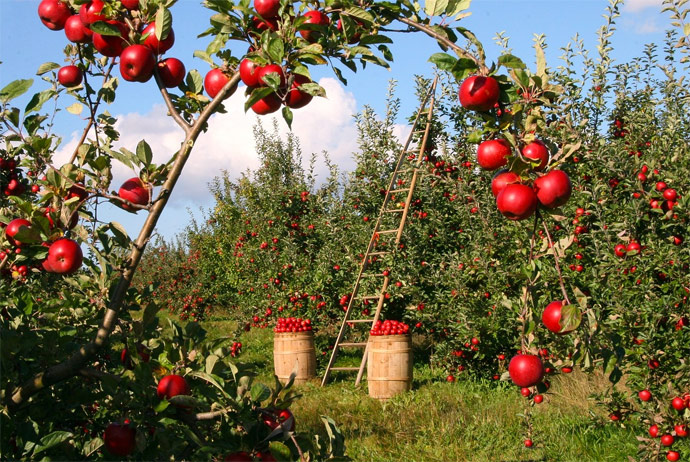
If you do not want to leave this region even after a tour, you should, as well visit Stenshuvuds National Park.
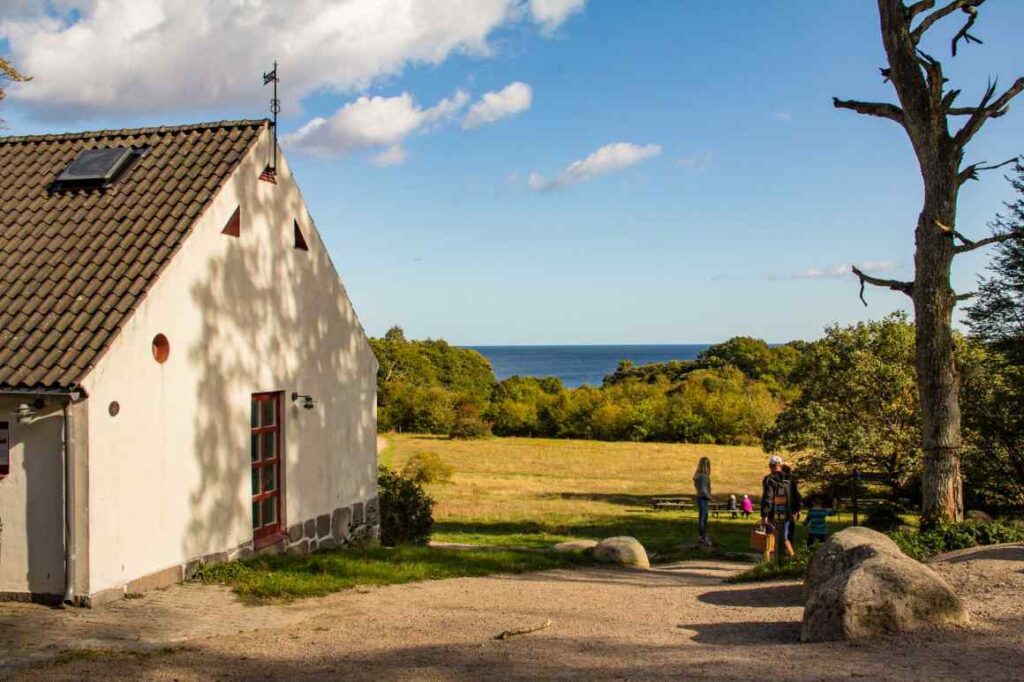
7. Stockholm
The Capital is obviously one of the best places to visit in Sweden. It’s sprawling of life, especially during summer, even though many Stockholmians are leaving the capital from June to August.
Outdoor cafés and bars are open as soon as the sun shows itself in spring/summer.
A walk through Gamla Stan is mandatory. You’ll be in the midst of a true Hanseatic trading city, where gabled shops and warehouses are painted various shades of gold. These now host all kind of restaurants, many garnering international awards, as well as museums, studios, bijou boutiques, cafes and bars.
On the eastern side of the old town there’s a long sequence of parallel cobblestone lanes leading in from the water and dipping under passageways.

Skansen is another top recommendation. The visionary teacher and academic Artur Hazelius founded what was the first ever open-air museum in the world on Royal Djurgården in 1891. The idea was to show future generations what life was like in Sweden before the Industrial Age, and it has been borrowed by hundreds of museums around the world.
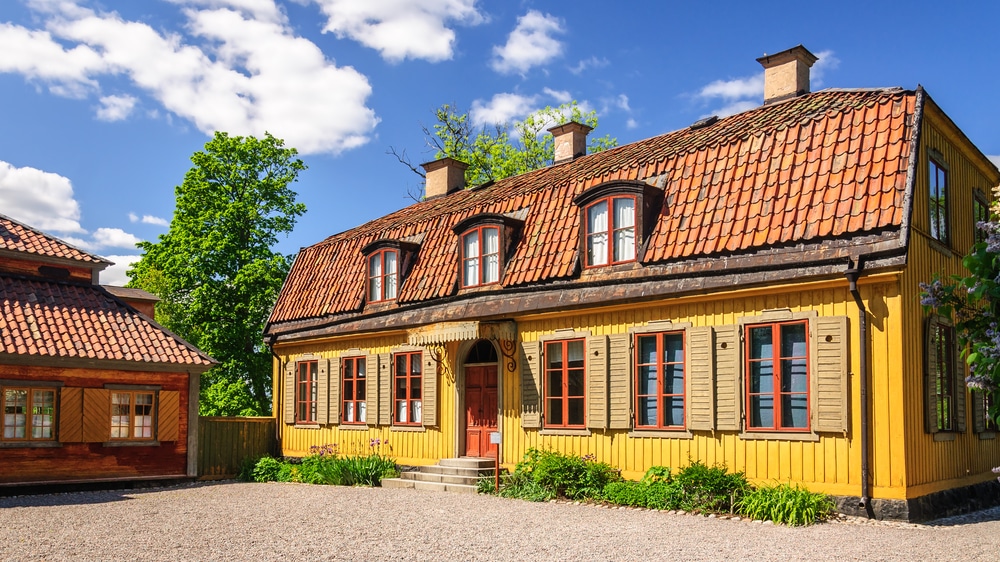
More than a century Skansen it’s still the best museum in its class, in 30 hectares and with a large cast recreating rural scenes from all over Sweden down to the finest detail.
A Sami camp from the Arctic circle, a farm from the remote western Härjedalen province and a open-air zoo with wolves, lynxes, otters, grey seals, reindeer and moose are a few of the attractions.
Don’t miss to visit The Vasa Museum. An awesome relic from the 17th-century reign of the all-conquering King Gustavus Adolphus has been revived at this museum the west shore of Djurgården.
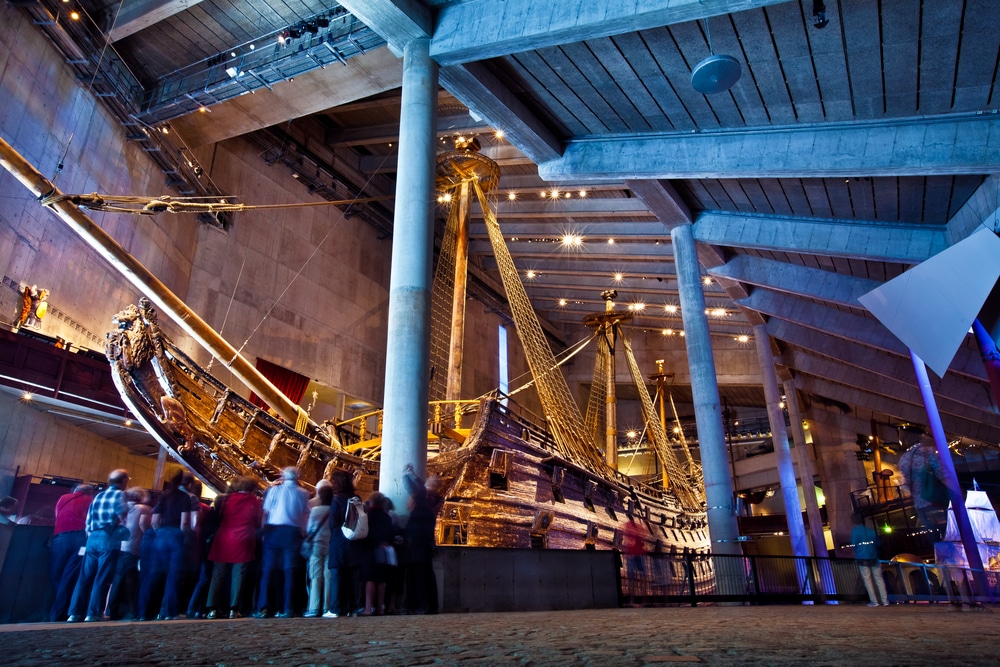
The Vasa was a 64-gun warship that went down on its first voyage in 1628. It remained in the deep until 1961 when it was lifted to the surface and slowly and painstakingly restored.
The vessel has almost all of its original material and is the only 17th-century ship of this scale to make it to the present day. And with the ship came a payload of artefacts that tell us what it was like to sail on the Vasa.
With more than 600 rooms Stockholm’s Royal Palace one of the largest palaces in Europe.
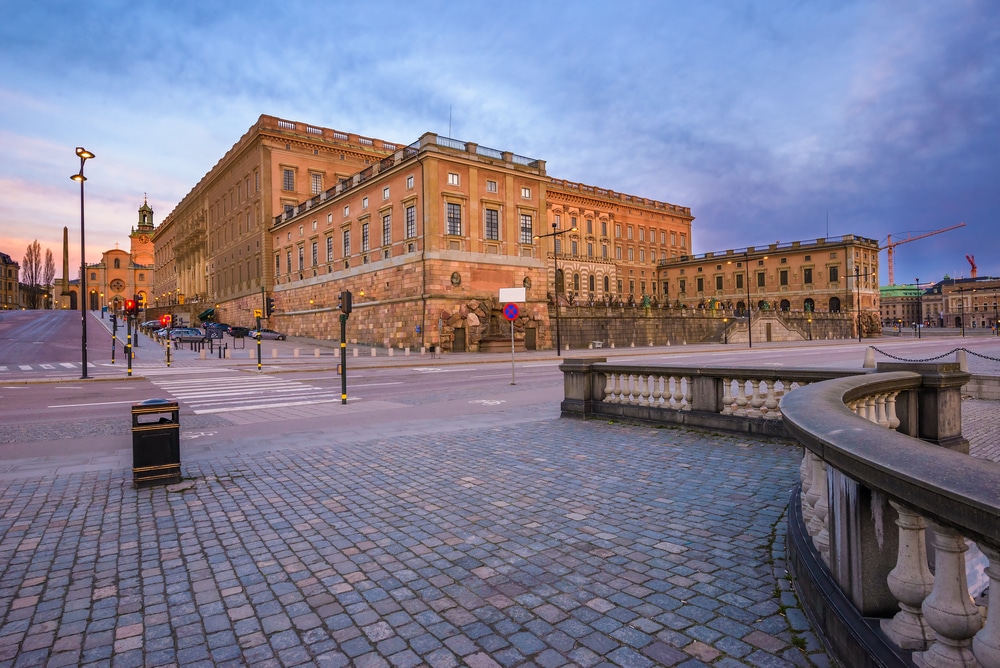
There are five museums in this mostly 18th-century complex, which isn’t just a historical relic: The King of Sweden still lives here, most royal events and receptions happen at the palace and all the various departments associated with the royal family operate in these plush environs.
Just a brief run-down of the must-sees includes the reception rooms, the royal apartments, the Rikssalen (Hall of State) and the Ordenssalarna (Halls of the Orders of Chivalry). Of the five museums, the Treasury is predictably lavish and Gustav III’s Museum of Antiquities has ancient Greek and Roman sculptures bought by the king during his trip to Italy in 1783-84.
One of the emblematic buildings of Stockholm is The City Hall, unmistakeable for its 106-metre tower and spire. Composed of eight million bricks it’s the perfect expression of the Nordic National Romantic style and was inaugurated in June 1923, 400 years to the day after Gustav Vasa’s arrival in the city. The spaces inside are wonderfull and most of all the Blue Hall, where the Nobel Dinner is held every year in December.
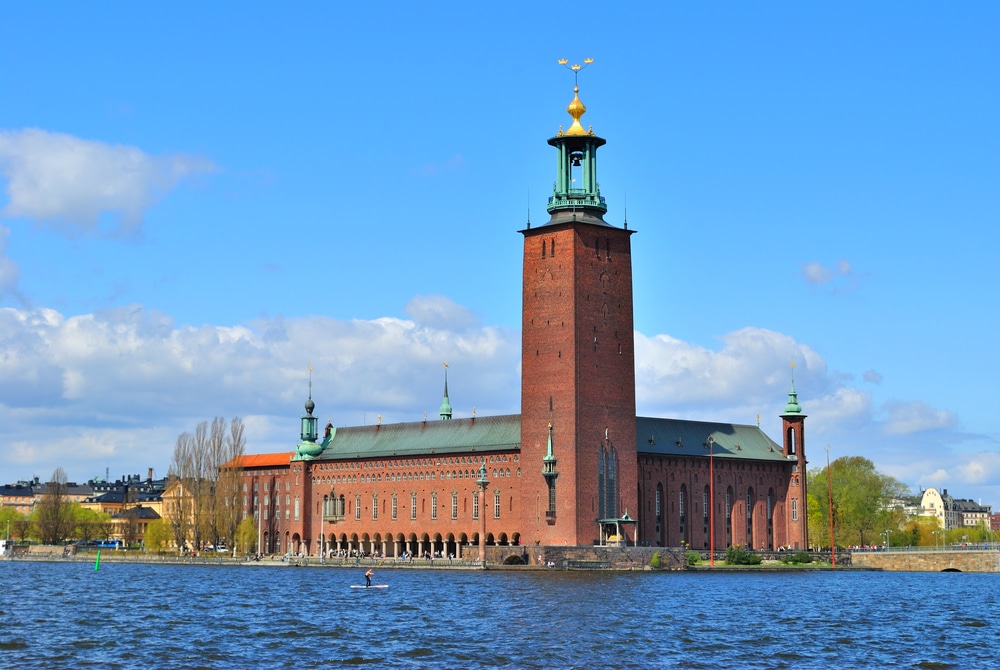
These are just a few recommendation! There are so many, many other very interesting things to do and see and Stockholm, such as: a walk through Strandvägen, Södermalm or Norrmalm, a visit to Gröna Lund or a Canal trip.
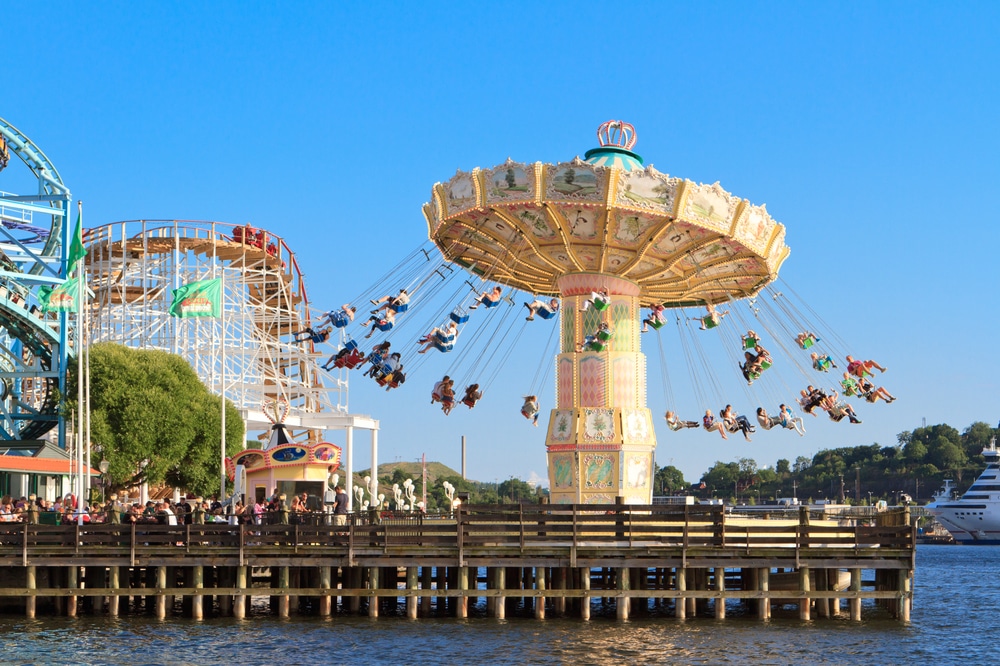
8. Jokkmokk
Want an authentic Swedish experience? Visit Jokkmokk and meet the Sami people, one of the indigenous folks here. The Sami People have an interesting and beautiful culture and Jokkmokk is home to an excellent museum and several very good handicraft shops. Once you’ve ticked off the main sights in the town centre, you could consider making a trip out to one of the national parks nearby: The mountainous Sarek National Park, The Muddus National Park or Storforsen.
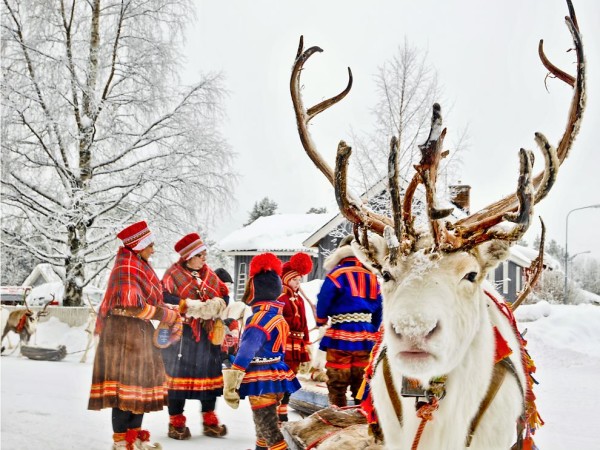
9. Kebnekaise
Do you love to climb mountains? Then it would be a no-brainer to go to Kebnekaise, which is the highest mountain in Sweden. June is definitely the best month to visit. There is still some snow, which makes both the ascent and the descent easier. There are also fewer people in June, so you don’t have to fight through hoards of crowds
The remote mountainous scenery that you get to enjoy on your way to the summit is stunning. Plus, reaching the summit is not overly difficult and doesn’t require any previous climbing experience. Home to many glaciers and stunning arctic landscapes, climbing Kebnekaise is an experience to remember.
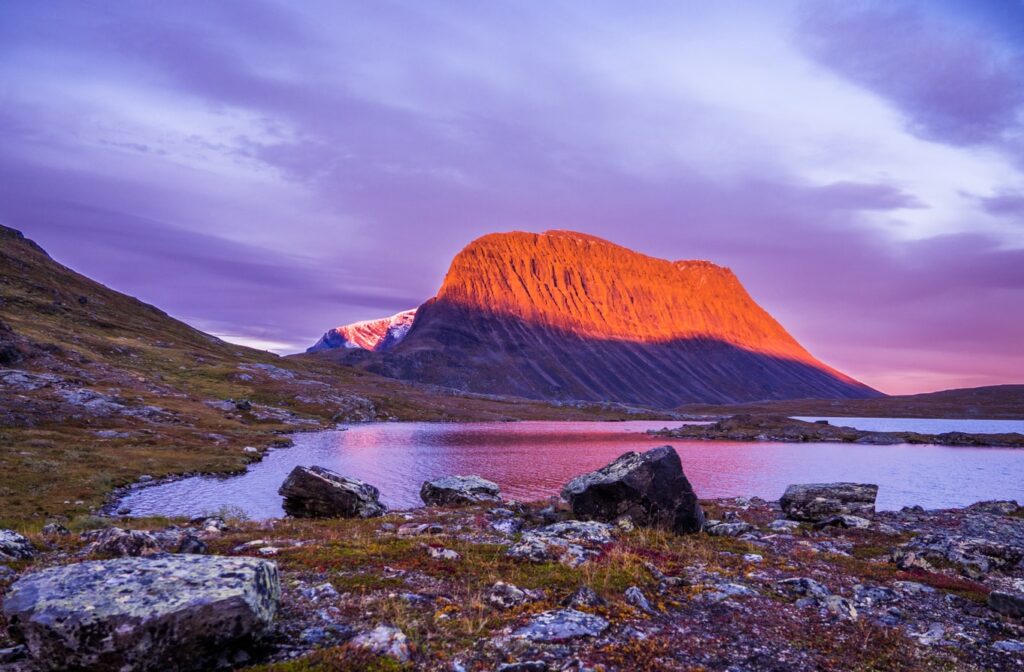
10. Birka
Have you ever heard about Vikings? Sure, you have! In Birka, outside of Stockholm, you can relive the life as a Viking. It is an ideal destination for a day trip. But how to get here? By a Viking boat of course! During summer, boats depart from the dock at City hall.
During Viking times, Birka on the island of Björkö in Lake Mälaren was the central hub and the most important marketplace in the entire Mälar Valley. It was established in the eighth century, attracting travelers from near and afar. Birka of today has a wealth of ancient remains that have been excavated and studied since the 19th century. In 1993 Birka was put on UNESCO’s list of World Heritage Sites.
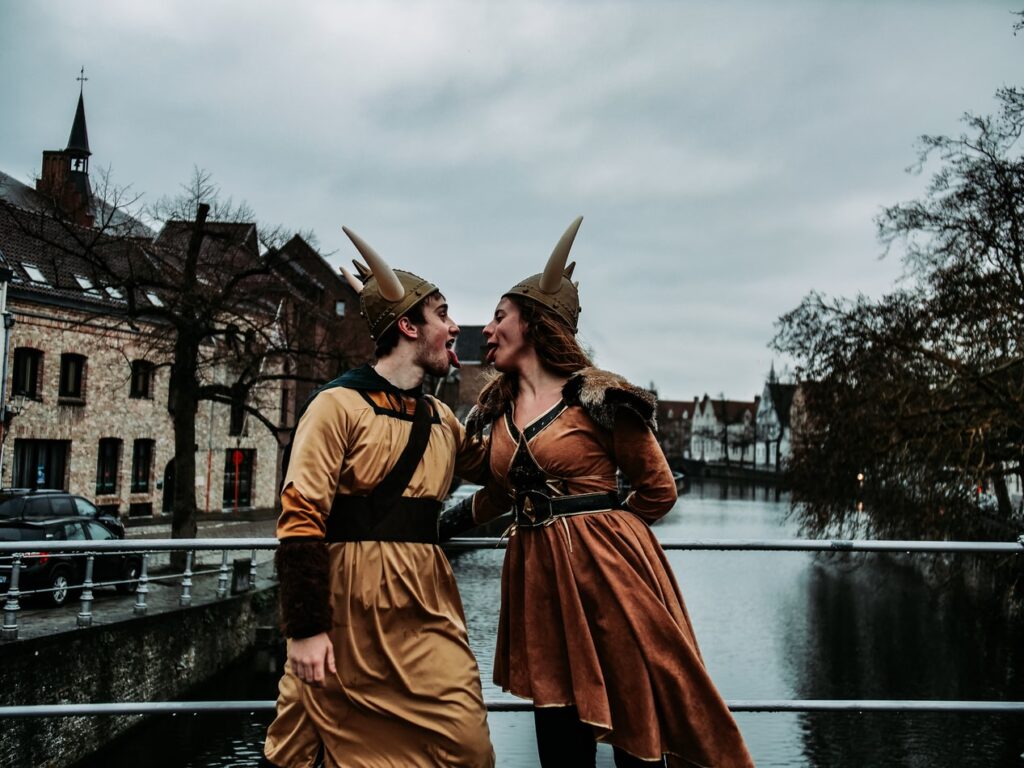
11. High Coast
Do you like to hike? Then you should write down the High Coast on your list of places to visit in Sweden. It’s a beautiful trail that should be on every hiker’s bucket list.
The High Coast, in the Ångermanland province of north eastern Sweden, is a UNESCO World Heritage site for its unique and highly scenic land and seascape and its distinctly red Nordingrå granite cliffs and rocks.
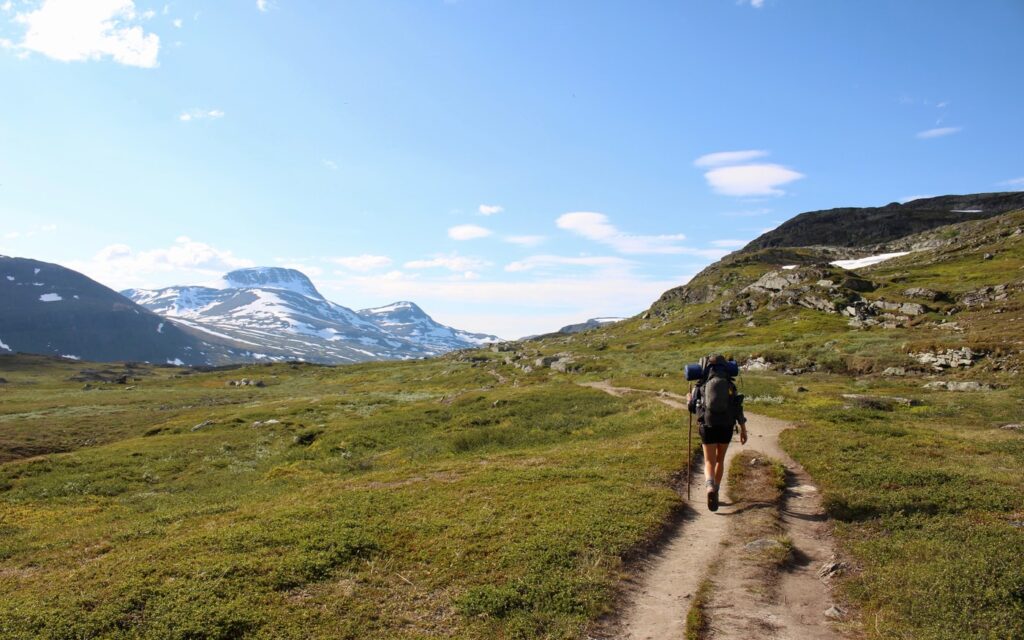
How do you get there? You can travel to the High Coast by air, bus or train.
What to do there? Activities in the area include guided wild bear or beaver safaris, archipelago exploration by kayak, fishing, horse riding, and coastline cycling and hiking. You can also visit Sweden’s second highest waterfall (90 m) at Västanåfallet nature reserve.
The area included on the World Heritage list stretches over 100 km from north to south, with the Skuleskogen National Park at the centre. The High Coast is best explored by foot or bike. But you also get the fantastic views by car, starting from the towns of Örnsköldsvik or Härnösand. In the summertime, there are also boat and ferry tours operating along the coast.
And a must try! The High Coast is home to Sweden´s most peculiar delicacy, fermented herring. Love it or hate it, the surströmming premiere traditionally takes place in August.
12. Sigtuna
Renowned as the first city of Sweden, Sigtuna is one of the most popular tourist attractions in Sweden. It lies just about 45 minutes outside of Stockholm, so it’s easy to get here as well on a day trip from Stockholm.
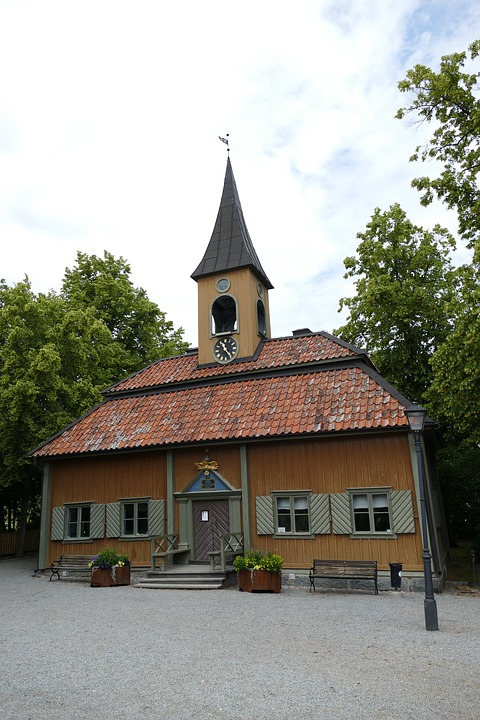
Sigtuna has a population of 9000 people. Despite being a small city there is a lot of history in it because of its past. In Sigtuna you’ll find buildings from the 17th century onwards, old Swedish houses, castles and churches and a lot of viking runestones to visit. You will also be able to walk through Sweden’s first pedestrian street which still has the same path that it had in 970 CE when Erik Segersäll established the area where Sweden’s new city, Sigtuna, would have to be built before he proclaimed himself King of Sweden.
13. Skåne
“My home region” is definitely one of the must places to visit in Sweden. Skåne is really beautiful with all its hills and colorful landscapes, windmills, castles, manors, museums and magnificent gardens. For coastline head for the Kullaberg coast in the north, dotted with fishing villages like Mölle and Arild and pretty seaside towns Torekov and Båstad. There is also the medieval town of Lund and its wondrous cathedral and the seaside town of Helsingborg.
Best time to visit is during spring when the canola fields are turning the whole region into a yellow color blast!
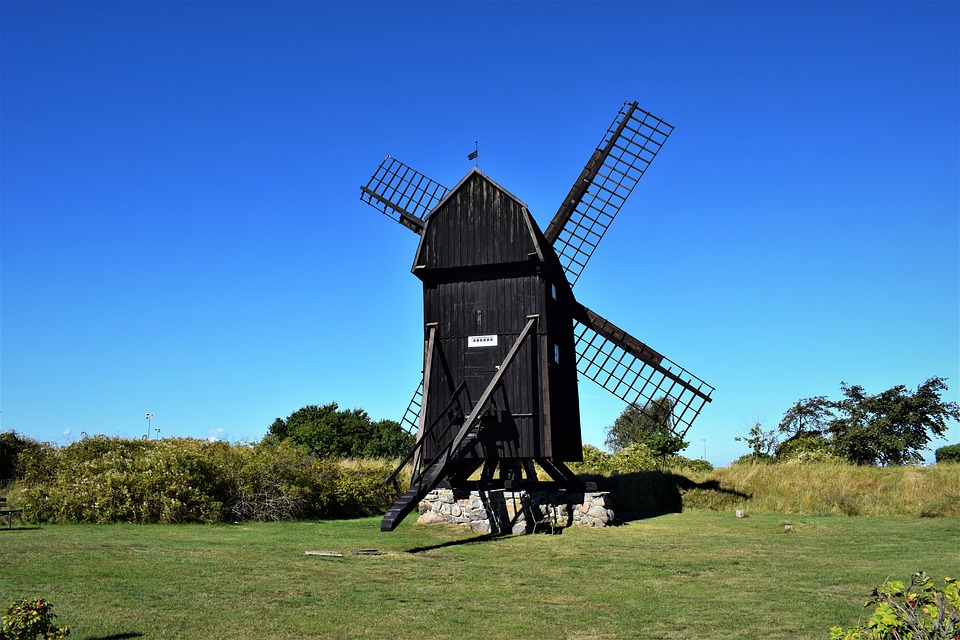
14. Hven
If you’re traveling to Skåne, you shouldn’t miss out a visit to the beautiful island of Hven, where you can you rent a bike and take yourself around the island. More, you could visit the Tycho Brahe Museum, S:t Ibbs church, try the Spirit of Hven Distillery or take a walk on the Norreborgshamn.
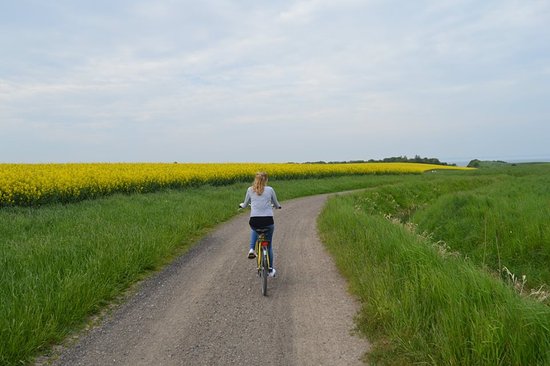
15. Kosterhavet national park
Sweden’s first marine national park, inaugurated in 2009, offers some scenic views, wildlife, and beautiful nature.
It is located in Tanum and Stromstad municipalities of Vastra Gotaland County, Sweden and lies in the Skagerrak Sea.
It consists of shores and sea across the Koster Islands, and it excludes everything else on the islands. Norwegian Marine Park borders it and it also houses the largest seal colony in Sweden.
The Koster trench is well connected through deep areas of the submarine in Skagerrak, which goes all the way to continental slopes in North Atlantic Sea. Ocean water in low temperatures with high salinity is conveyed to Koster fjord. This way, a lot of fauna from deep waters live in proximity to the coast. Around 1200 species are found in the national park, and it covers up to 390 sq km.
When it comes to tourism, here are some of the best things to do in Kosterhavet:
- Hiking on the Koster Islands. The Koster Islands remain almost car-free, and these are the most westerly populated islands in Sweden, and they have main islands of South and North Koster. Koster archipelago is one of the best attractions for Kosterhavet sightseeing. It is known to have many skerries as well as rocky isles.
- Breviks Fiskehamn. It is the authentic yet small fishing harbor, which retains the same old world charm since it was built in the 40s. You can spend a day in the harbor with boats for a small fee by visiting them.
- Enjoy Hiking in Saltö. Enjoy the breathtaking views of Kosterhavet while hiking through the west side of Salto and is around 15km southwest of Stromstad. You can also get to know about the national park and nature reserve. The undulating terrain in Salto is well known for its steep valleys and rocky outcrops. There are also plenty of smooth walking trails that intersect the island. It is the best tourist attraction in Kosterhavet. It has secret sandy coves and smooth rocks waiting to explore. It also has a well-known and shallow sandy beach named Hasslebukten.
- Explore The Stone Art Hvaler. Stenkunsthvaler or Stone Art Hvaler is a landscape covered with the ruins of old quarry on the south of Rødshue, Kirkøy. It is easy to access throughout the year as an outdoor exhibition. It has sculptures made by the leading artists from different nations from the materials of the coastal landscape. There is an excellent convergence between the works of today’s artists in a medium of stone and ruins of the old stone industry in this majestic scenery. The sculpture park was built up over the years.
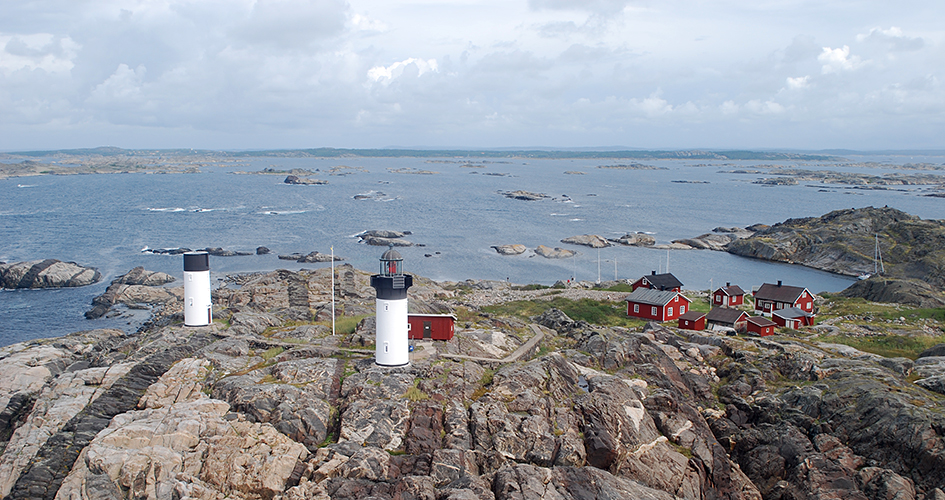
16. West Coast
If you thought that only the eastern coast with the Stockholm Archipelago was something to write down on your list of places to visit in Sweden, I urge you to guess again, because the West Coast is absolutely stunning as well.
The West Coast of Sweden is the kind of place where you can explore the magic of Northern summers in its colourful, sunny and radiant best. A place that makes you want to grab life with both hands, run into the sunset, splash into the sea, and never go to sleep – because there’s never enough time to experience it all, and you don’t want to miss a single second of that beauty.
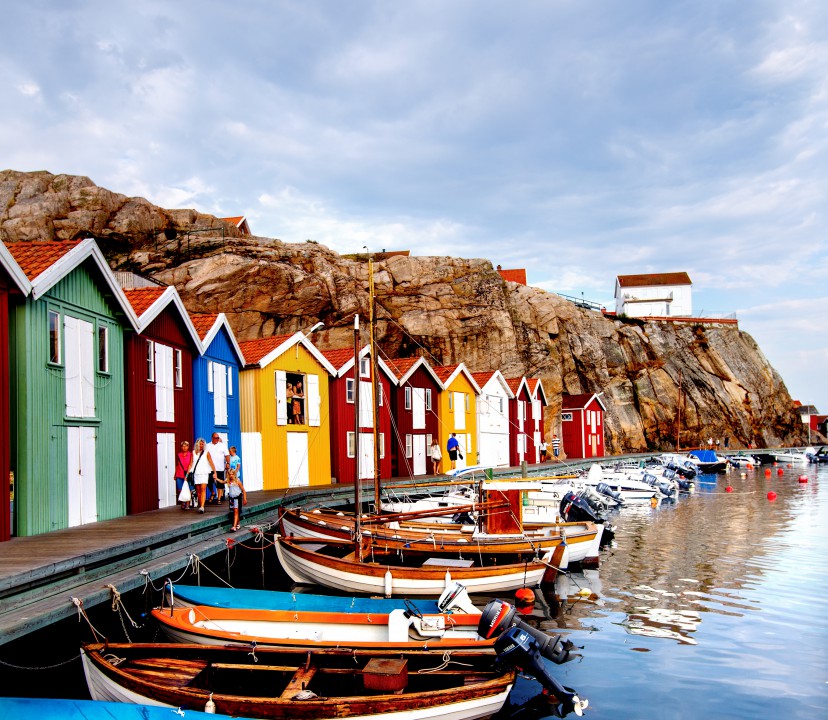
The Bohuslän coast and islands stretches from just outside Gothenburg on Sweden’s west coast, all the way up to the Norwegian border. CNN Travel rightly named it as “one of the ten great wilderness areas left in the world”, particularly as a kayaking destination. And let’s just say that its mix of deserted islands and pretty coastal villages make it unique in Europe. You should go here for the lobster, oyster and other shellfish delights of the villages of Grebbestad, Fjällbacka, Smögen and Lysekil, as well as safe kayaking among the sheltered isles.
17. Abisko
Are you maybe looking for an unique experience in Sweden? Then head over to Abisko and catch the Northern Lights, also known as Aurora Borealis. Even though you can see it at other places, Abisko is renowned as one of the best places to see the spectacle, during the winter! In the spring, you may try the ski slopes and cross the region skiing. The summer offers hiking and wild camping, whilst the autumn colours give a fabulous backdrop to exploring the area.
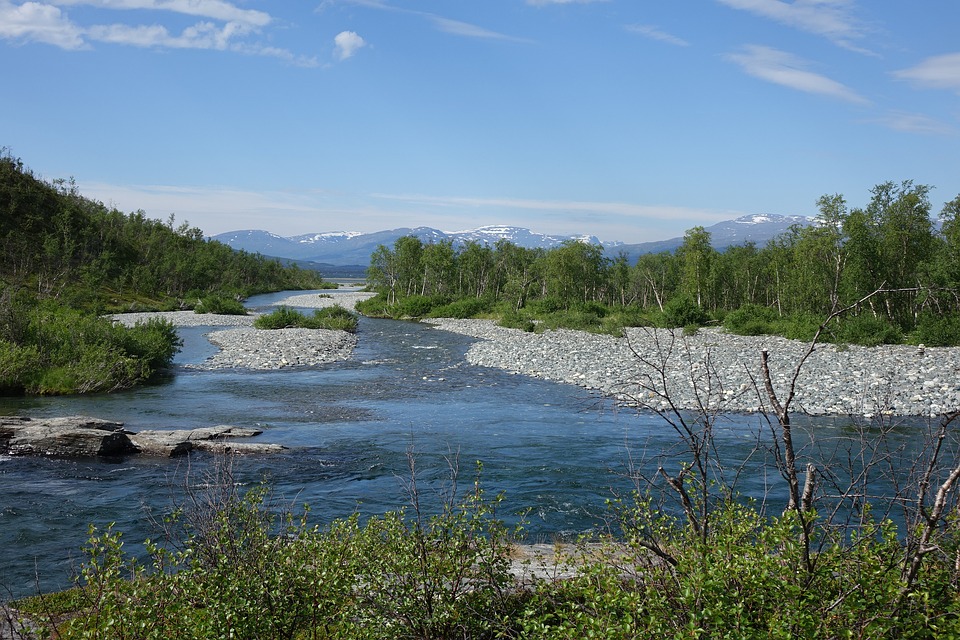
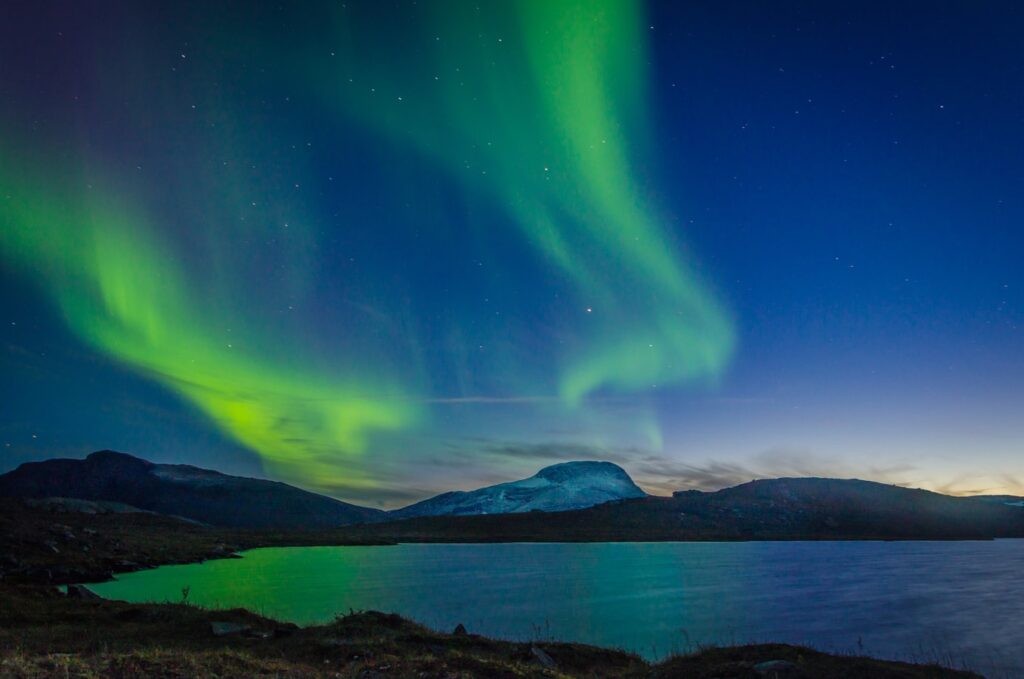
18. Uppsala
A city that has played a big role as the cultural capital of Sweden. It is Sweden’s fourth city and it has been the country’s intellectual and ecclesiastical centre since medieval times.
Uppsala University is the oldest institution of higher education in the country, and it is a wonderland for inquisitive minds, thanks to its botanical gardens, a museum in a 17th-century hall and an exhibition at the library, which holds an invaluable manuscript from the 6th century.
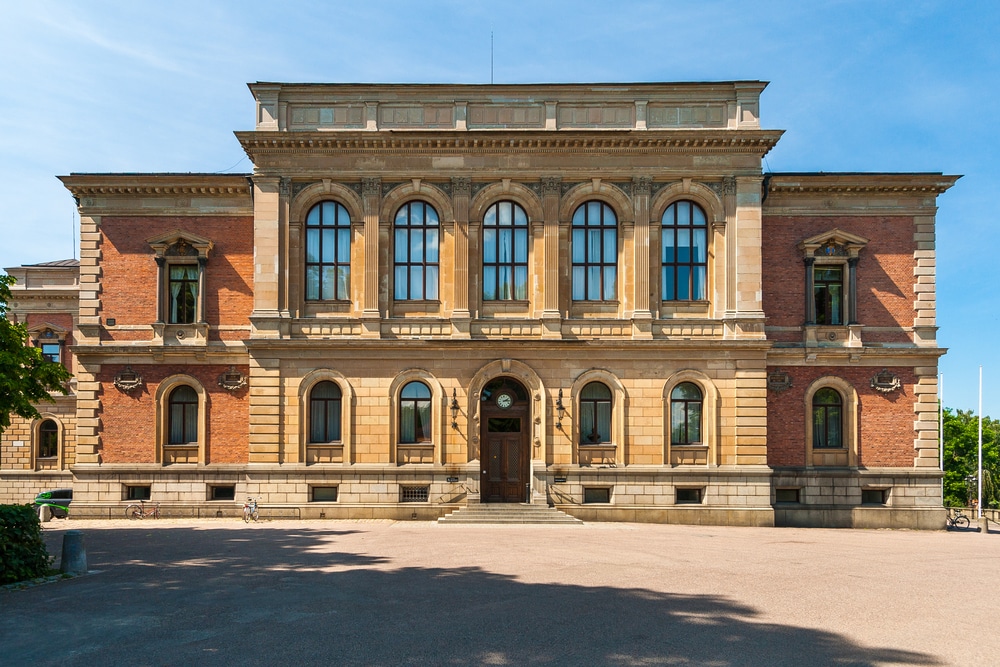
Gamla Uppsala near the modern city is an ancient settlement, steeped in myth, and dating back 1,500 years. Beside the historical parts, you can also enjoy, as well as the cozy cafés and sprawling student life.
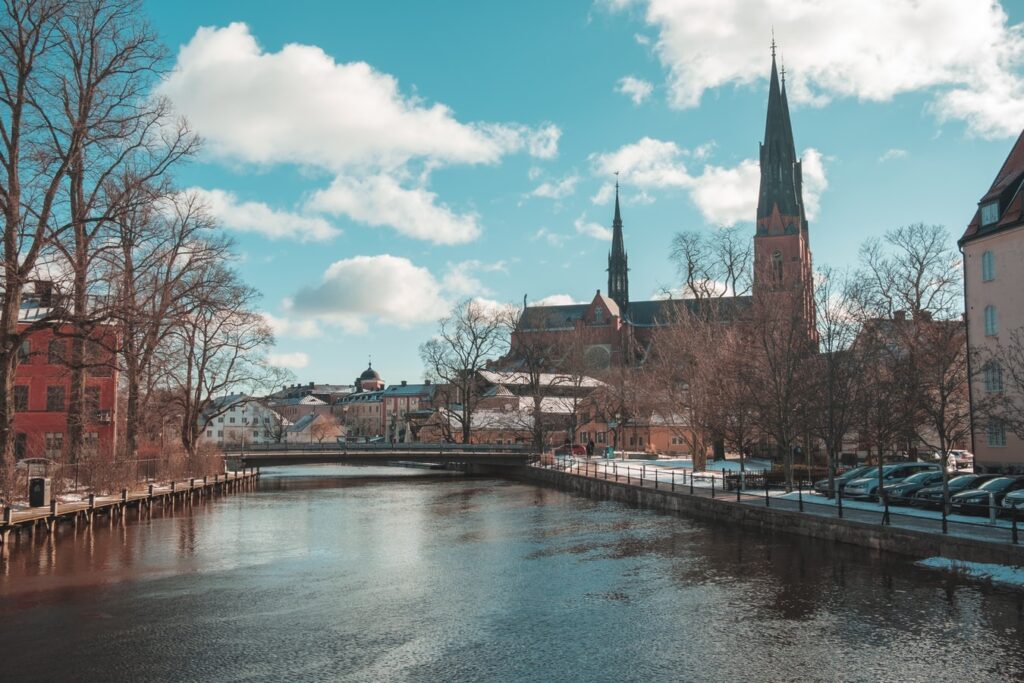
19. Dalhalla
Ever been to an amphitheater in a limestone quarry? Probably not, but at Dalhalla you can enjoy this magical experience and listen to some good tunes in a fantastic natural setting.
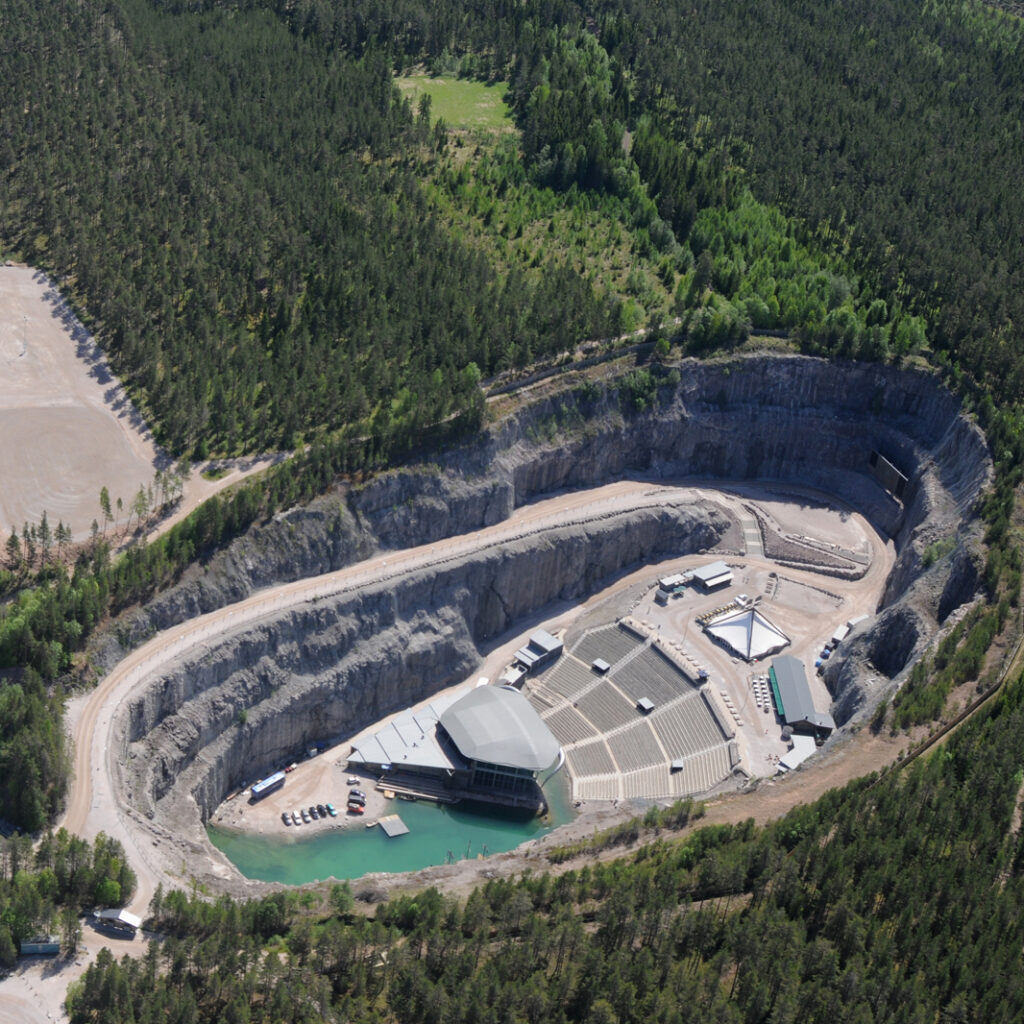
Dalhalla is an open air theatre located in a former limestone quarry, and is used as a summer music venue. It is located 7 km (4.3 mi) north of Lake Siljan and the municipality of Rättvik in Dalarna, central Sweden. The open air theater was opened in 1995 and currently has 4,000 seats. The acoustical qualities are comparable to the best outdoor stages in Europe.
Dalhalla presents 20-30 events each summer, from June to the beginning of September with a combination of opera, choral works, jazz and popular concerts making up the bulk of the program.
In 2005, guest performers came from the Bolshoi Theatre in Moscow, and Mikis Theodorakis celebrated his 80th birthday. In June 2007, English rock group Procol Harum performed with the Gävle Symphony Orchestra and the Dala Sinfonietta Choir, conducted by David Firman.
20. Malmö
The third largest city of Sweden is a multi-cultural place where you can experience culture from all over the world. In Skåne we say that “if you’ve seen Malmö, you’ve seen the world!”
But what to do in Malmö?… Well for start, you can stop by for a nice drink or beer at Lilla Torg during summer, or admire the architecture of Turning Torso!
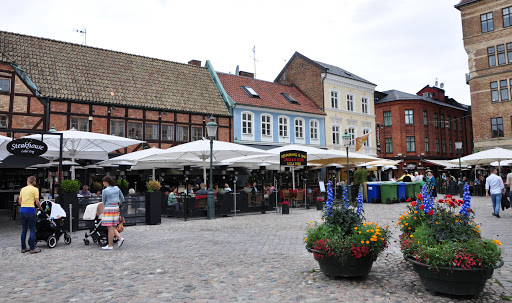
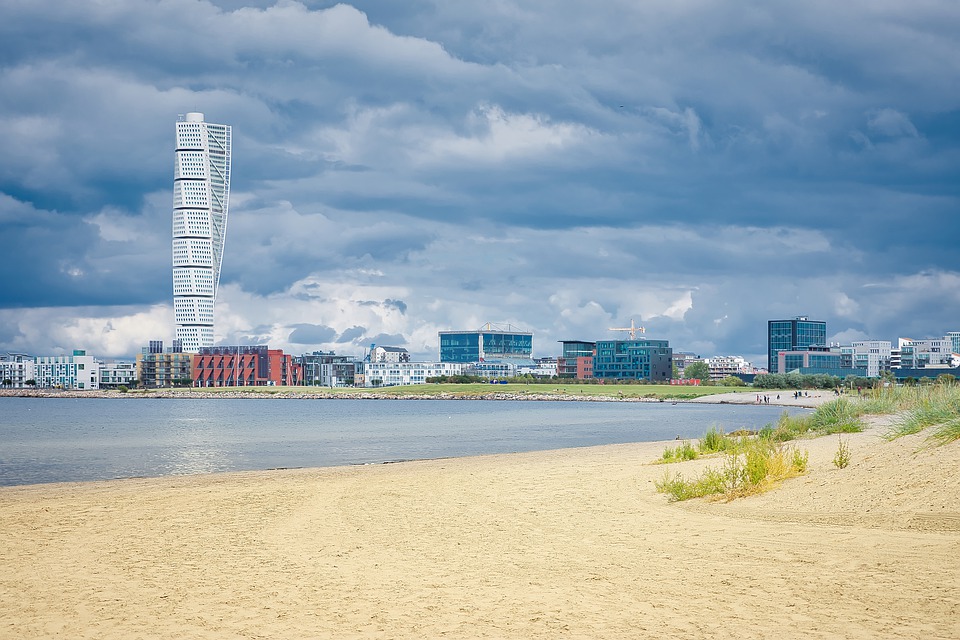
For more, I have made a list with some of the best things to do in Malmö:
- Visit The Malmö Castle. A trip to the castle, once an integral Danish stronghold, is something that last a half day. Inside the castle you can visit The Aquarium/zoo, The Art museum, The City Museum and The Museum of Natural History. The choice of special exhibitions will suit all-comers, whether you’re into Finnish fashion, beer brewing or the Romans. Historians will be riveted by the history of this edifice which in its time has been a royal palace, mint and prison.
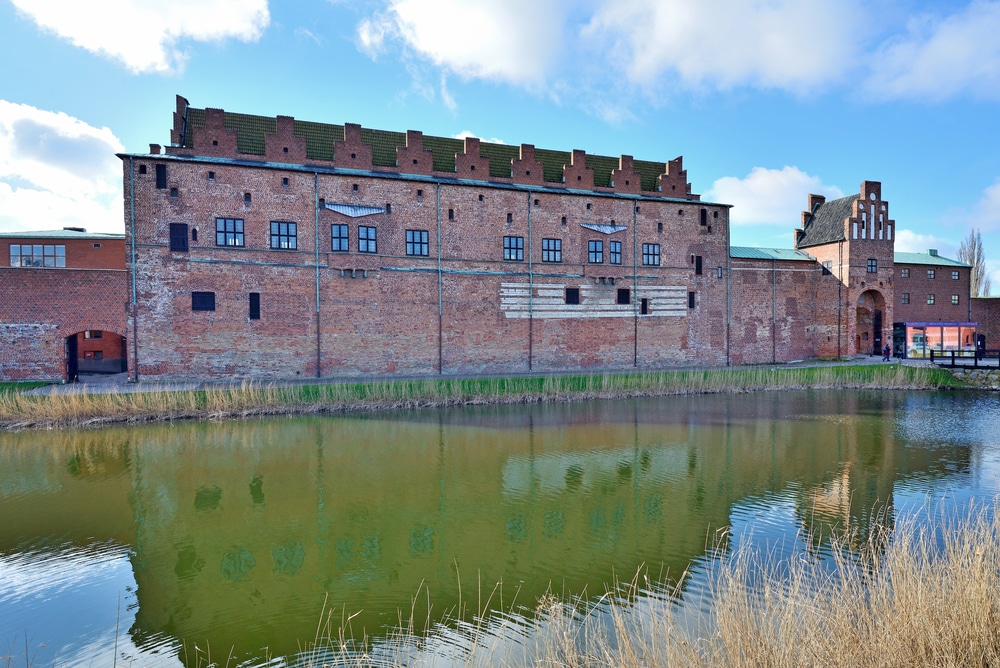
- Visit Teknikens och Sjöfartens Hus. Just next to the castle, a little removed from the main ensemble is Malmö’s technology and maritime museum. A great deal of this attraction is centred on transport and aviation, and budding engineers can inspect cross sections of machines, like the nose and cockpit of a Vickers Viscount. Above this there’s an entire floor given over to interactive experiments. Not for claustrophobes is the complete Swedish-built U3 submarine, launched in the Second World War. In this cramped vessel you’ll see where and how people slept, how the torpedoes were loaded, how food was prepared and even how the toilet functioned.
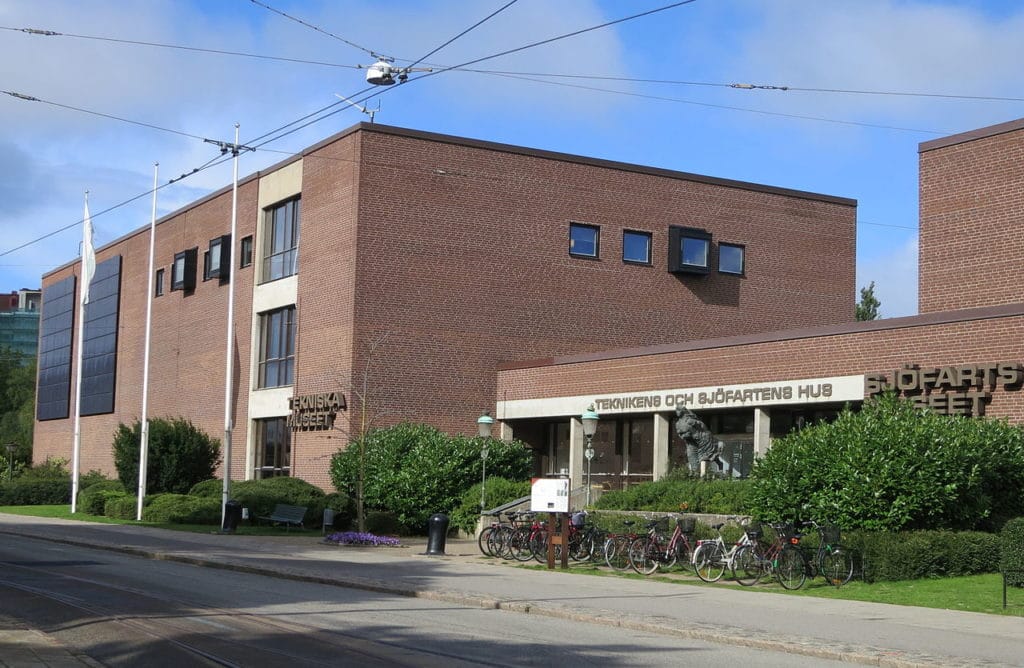
- Walk around Stortorget and Södergatan. In the middle of Stortorget is a horseback statue of the 17th-century King Karl X Gustav, who reclaimed this province from Denmark. North to south from Stortorget to Gutav Adolfs Torg is the main shopping artery, and one of the city’s two oldest streets. It predates all of the city squares, and in 1978 became Malmö’s first pedestrianised street.
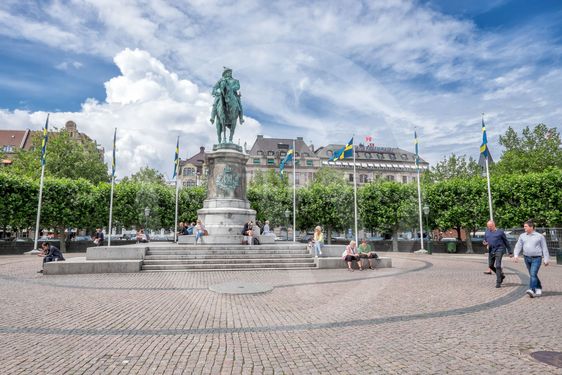
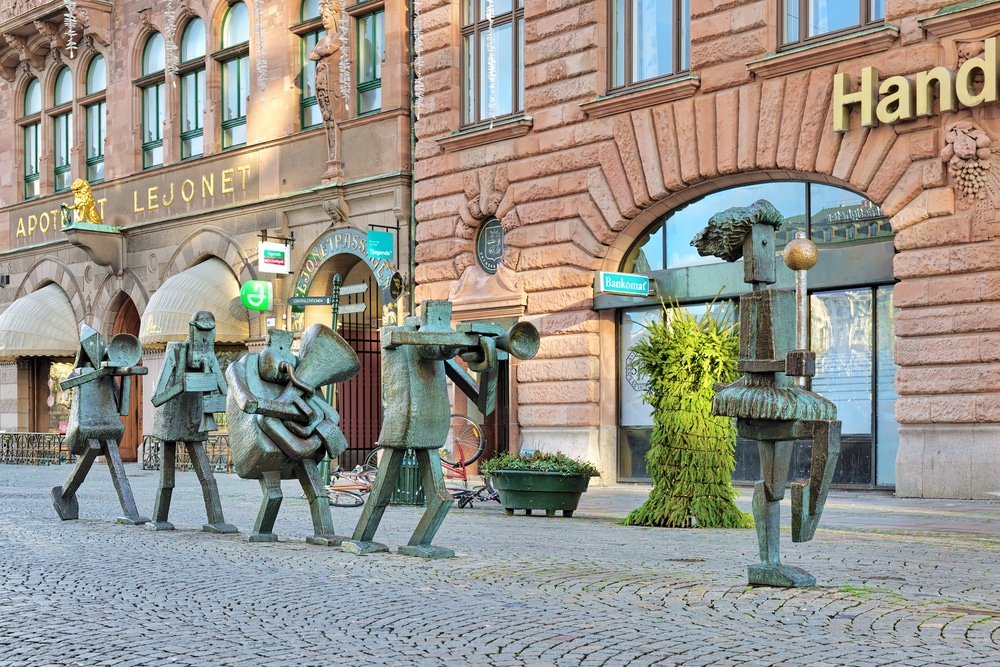
- Visit Malmö City Library. This awesome glass wing was finished in 1997 and was composed by the acclaimed Danish architect Henning Larsen.
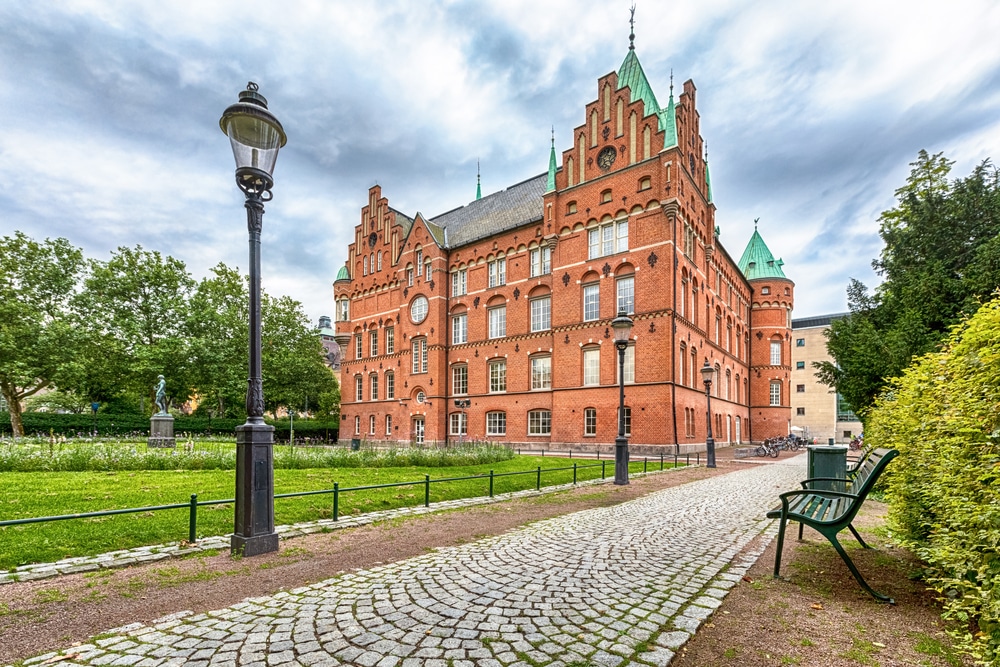
- Take a walk through Slottsträdgården and Kungsparken. What will grab you about Malmö is the amount of green space in the middle of the city. Slottsträdgården is a relatively new initiative, rooted in organic cultivation methods and cyclical thinking. There’s a mosaic of themed flower and herb gardens, along with a kitchen garden that produces vegetables sold on site. Separated from Slottsträdgården by the canal is Malmö’s oldest park, created in 1869-70. This land used to be part of the fortifications until the castle became obsolete as a defence and the space was turned into a Romantic English-style garden. The park is as peaceful as it is refined, with 120 tree species from three continents, an elegant central fountain and wide paved paths tracing the canal.
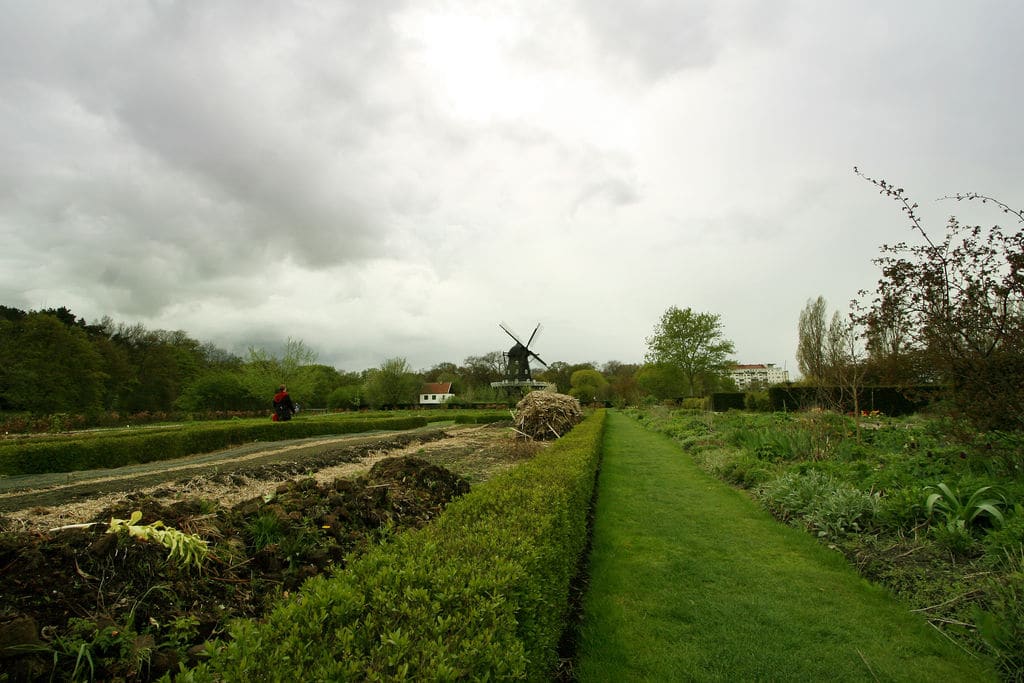
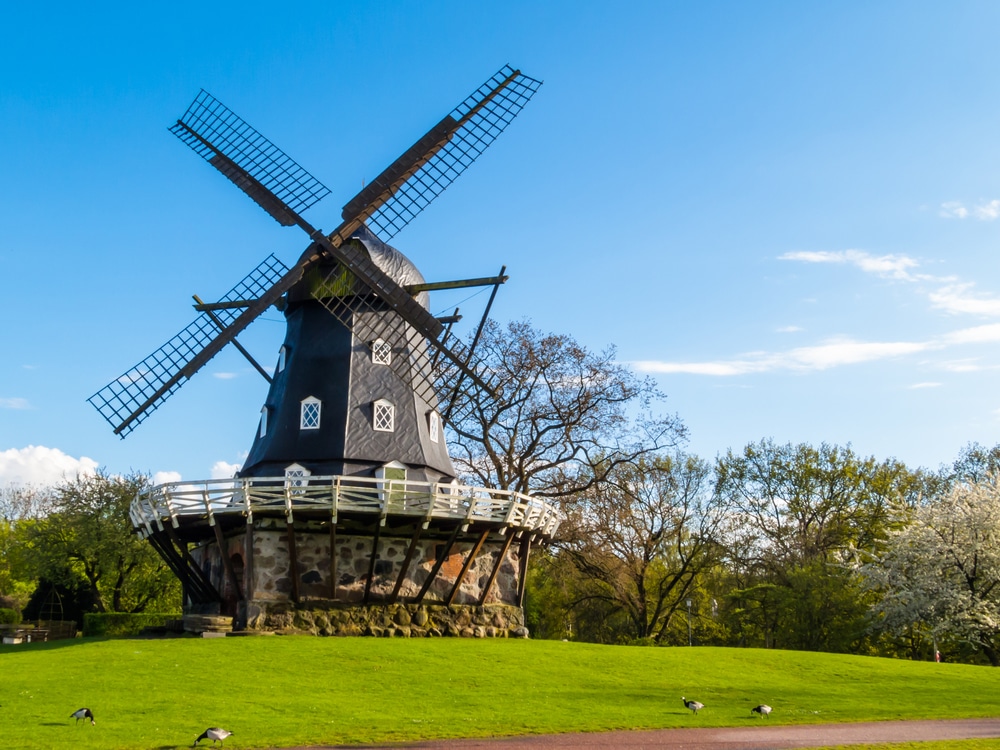
- Take a walk or a sunbath on Ribersborgsstranden. Often just called “Ribban” Malmö’s main beach is just down from the Turning Torso, and is patrolled by lifeguards in summer. The beach has fine pale sand that is replenished every couple of years.
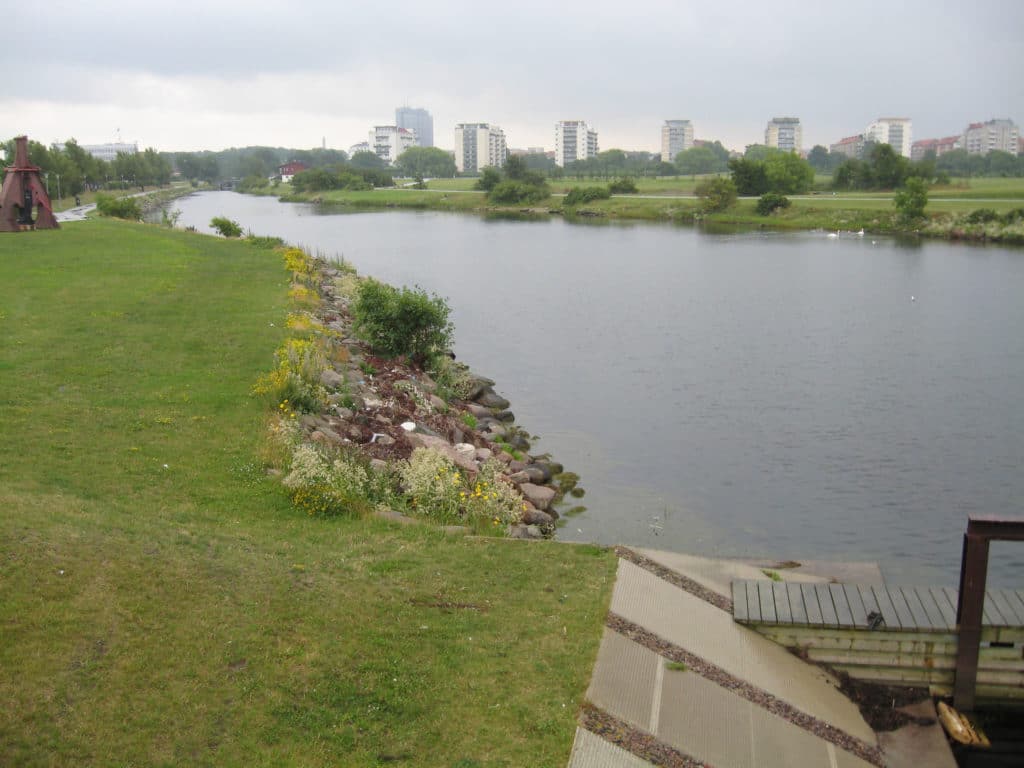
- Walk through Malmö’s Central Park – Pildammsparken. South of the centre of Malmö, this park in 45 hectares was designed for the 1914 Baltic Exhibition, which showed off the art, culture and industry of the nations around the Baltic Sea.
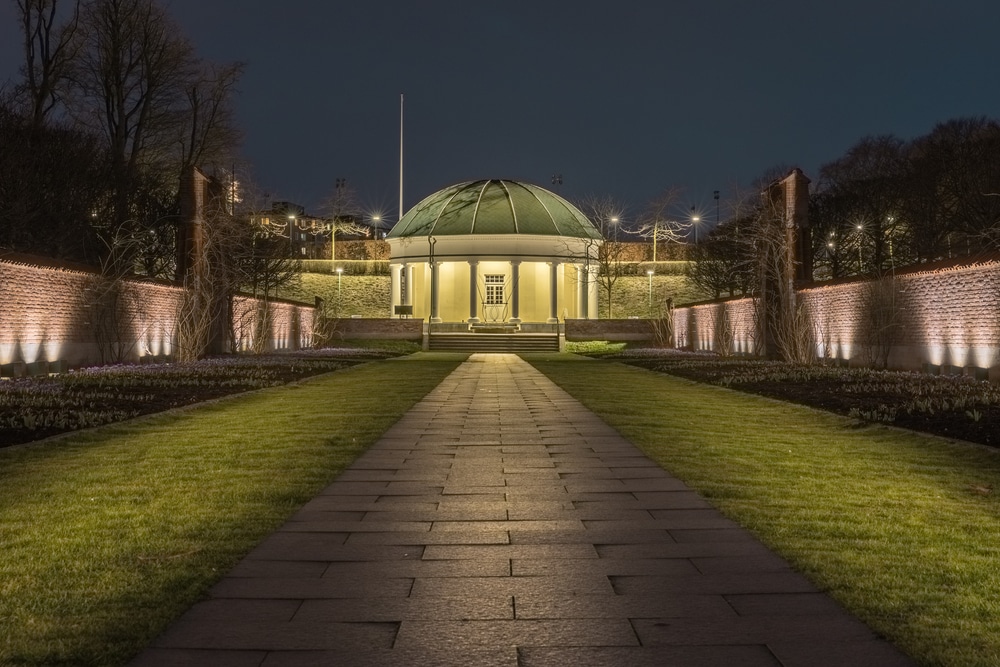
- Go “på barnloppis” (second- hand market for children) or just walk through Folkets Park. In the hip and culturally diverse Möllevången neighbourhood to the south of the centre is another of Malmö’s popular parks. This park opened in 1906 and is one to keep in mind if you’re travelling with children.
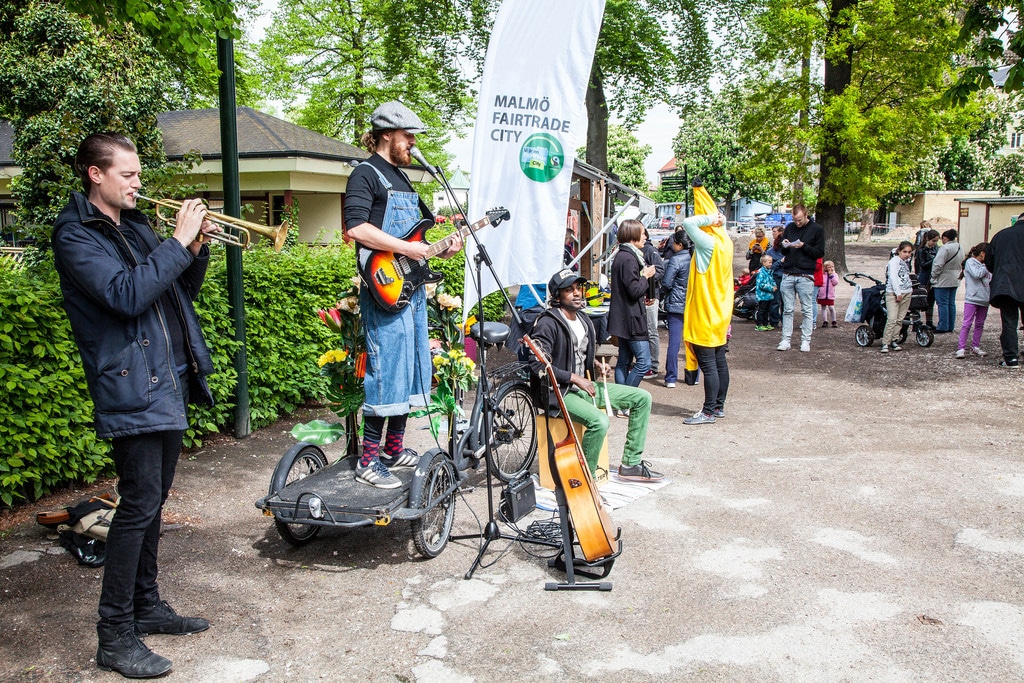
21. Åre
Longing for those exciting ski slopes and after ski parties? Then Åre is a place for you!

22. Kolarbyn
Want to experience life in the woods without electricity and luxury? Kolarbyn offers a unique hotel stay.
Up until the 1950s, Sweden’s woodlands were peppered with primitive wooden huts built by forest workers who spent their days chopping and burning wood to make charcoal for the iron and steel industries. With this cultural heritage on the brink of disappearing by the 1990s, a group of retired forest workers from the town of Skinnskatteberg, 165km west of Stockholm, decided to build new huts in the local forest. A decade later, the complex opened to tourists as Kolarbyn: Sweden’s most primitive – and arguably most sustainable – hotel.
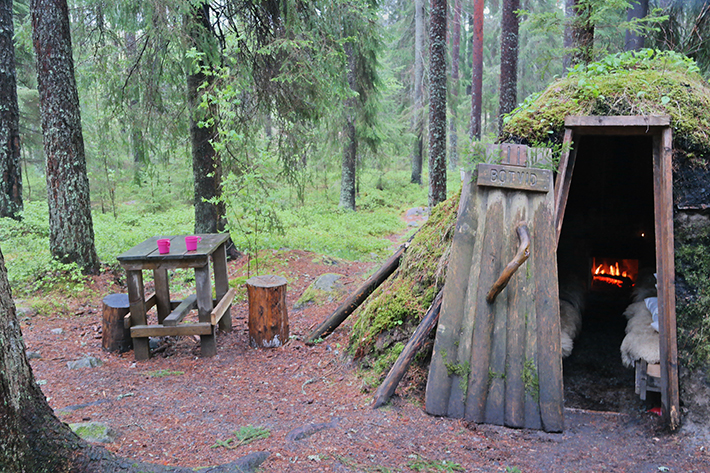
23. Marstrand
Boats, luxury, royals and sailing competitions in abundance are just some of the perks of visiting Marstrand! Surrounded by the sea and populated by the traditional Swedish architecture that is so synonymous with the country, the town of Marstrand can be found along the Bohulsän coastline and is spread over two of some eight thousand islands in the region. Home to centuries worth of history, historically the island was well-known for its herring and quarry trades.
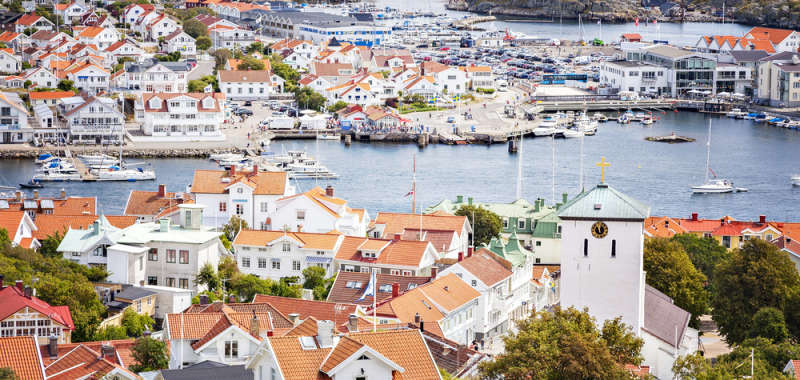
24. Ystad
Wallander’s Ystad is a picturesque little city in the region of Skåne, and a popular place to visit during summer. The movies of Wallander has made it even more famous among tourists.
If you fancy some spa-treatments and sea-views I urge you to visit the Ystad Saltsjöbaden, which is the best spa-hotel in Sweden!
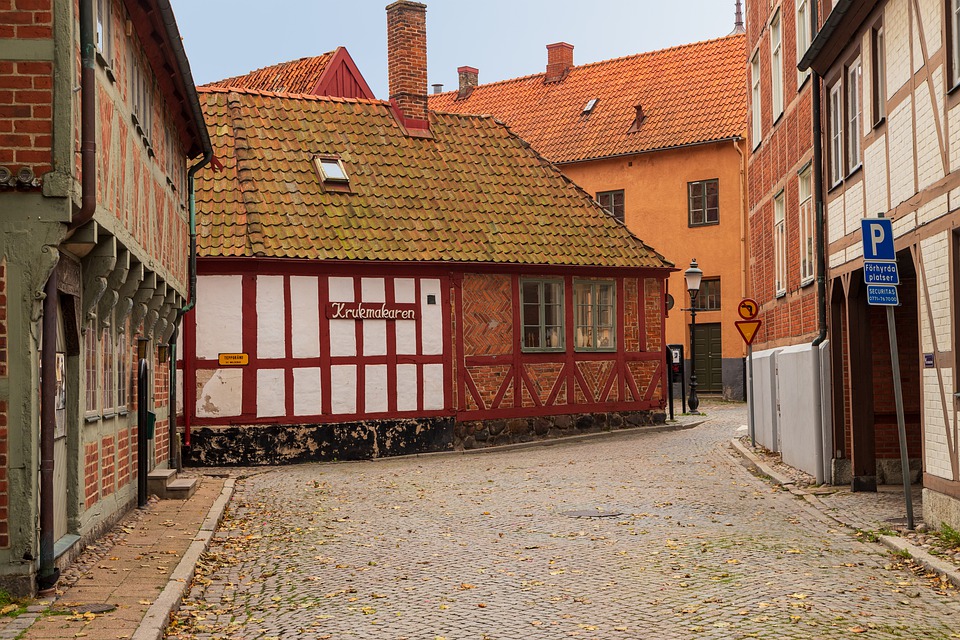
You can, as well, visit the Saint Mary’s Chruch which is first church on the Ystad site. It is a Romanesque basilica-shaped church building built in the 13th century.
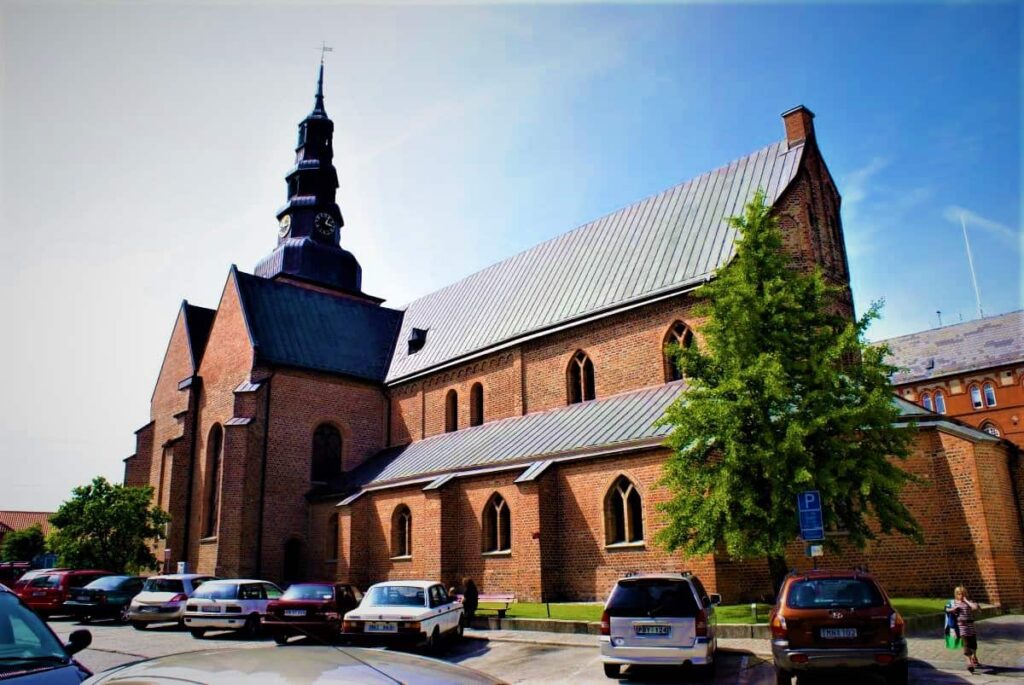
Furthermore, you can visit The Abbey in Ystad, which is the best and famous landmark Abbey in Sweden. It was founded in 1267 by Franciscan Munks, called Grey Friars.
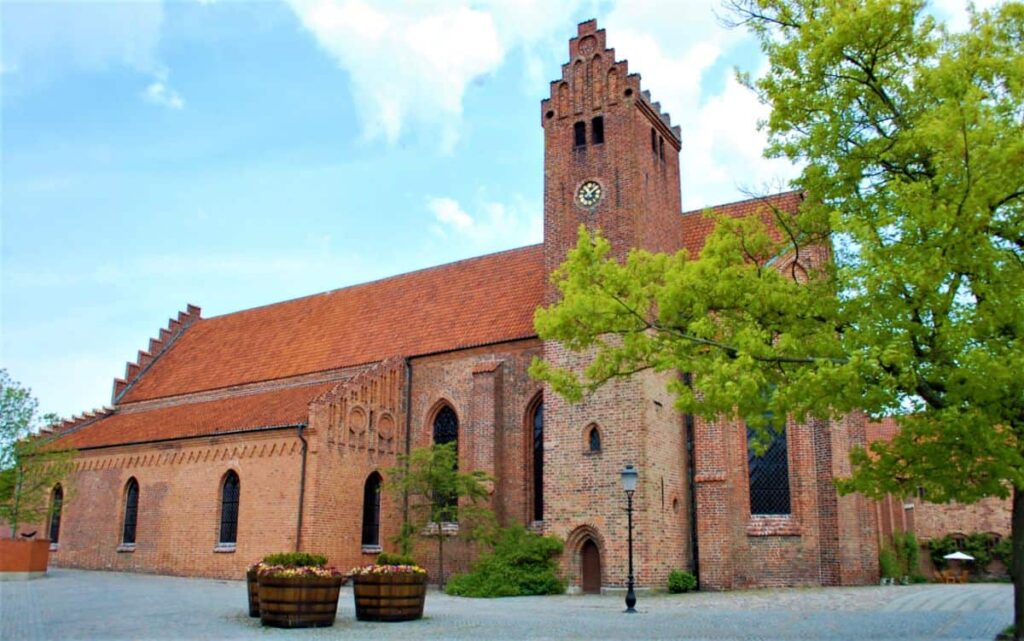
25. The Archipelago
And finally, the most famous place to visit in Sweden – The Stockholm Archipelago! Thousands of islands and islets are waiting to be explored, and to go on a boat tour.
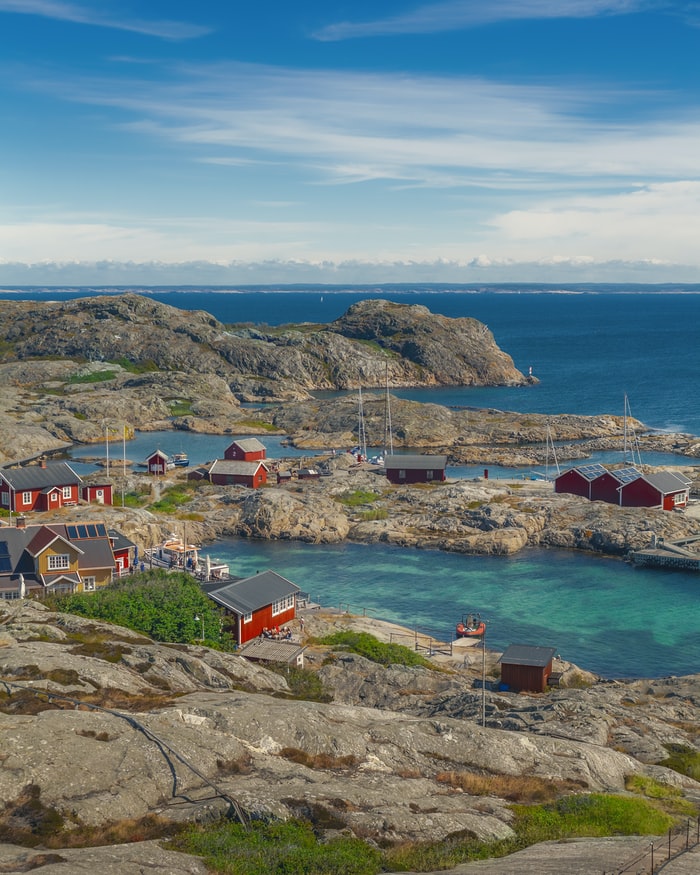
For archipelago explorers who want to discover more, these islands offer welcoming inns, hostels, and a genuine archipelago atmosphere. They are only a couple of hours away from the city, but I can assure you that you will feel as if you have entered a completely different world. If you want to spend the night, there are several options, from camping to comfortable hotels. The islands are on regularly scheduled Waxholmsbolaget routes.
I warmly recommend you to visit: Nåttarö, Grinda, Sandhamn, Utö, Finnman och Möja.
Do you want some more tips on places to visit in Sweden? Leave a comment and tell me what you’re looking for, and I will most likely have an answer for you.
The same goes if you have other questions about traveling in Sweden, I’m happy to answer and help you to discover my beautiful adoptive country!
I hope this article will help you plan your visit to Sweden. If it has been useful, you can help me or your friends by sharing it on your social networks.
Thank you! 🙂
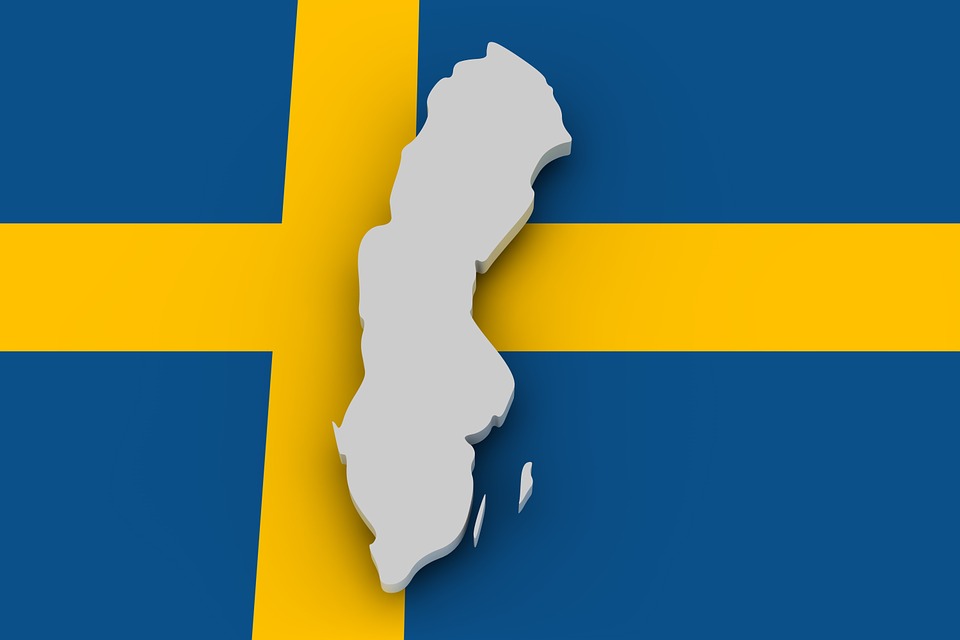
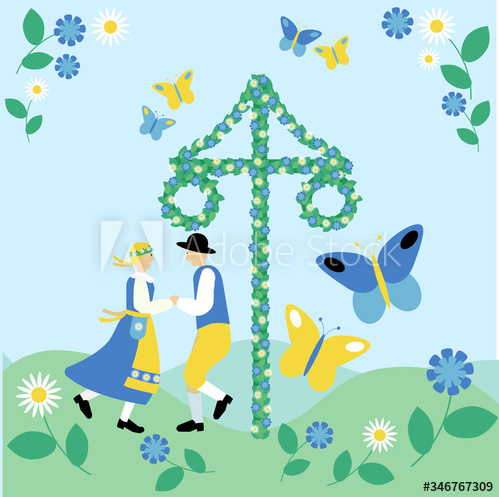

This is without doubt a site that people need to get behind. The problem is, no one wants to do a huge deal of reading and not have something else to stimulate the mind. This is the internet, after all. Maybe if you added a video or two to emphasise your point. Ill stick around, FOR SURE. But, I dont know if others will.
I gotta say this internet web page is definitely unique, hold submitting fantastic info.
Hi and thank you very much for your nice comment! 🙂
Best regards, Theea and Alexa! 🙂
Actually diggin what you have been posting here lately. Id love to see you continue with much more of this. Bookmarked!
Hi and thank you very much for your feedback! 🙂
I’m a little late with replying, but I will try to post soon more articles!
I hope you will keep reading my blog and I love to know your opinion about it! 🙂
Best regards, Theea and Alexa! 🙂
This is some useful stuff. It took me a while to unearth this web page but it was worth the time. I noticed this website was hidden in google and not the first spot. This site has a lot of good quality stuff and it does not deserve to be burried in the searches like that. By the way I am going to add this weblog to my favorites.
Hi!
Thank you so much for your kind feedback! It really means a lot to us!
Best regards,
Theea and Alexa! 🙂
Hi! Ive just subscribed to your website! take a look at my page if You are looking for flowers lebanon!
Hi and thank you very much! 🙂
Best regards, Theea and Alexa! 🙂